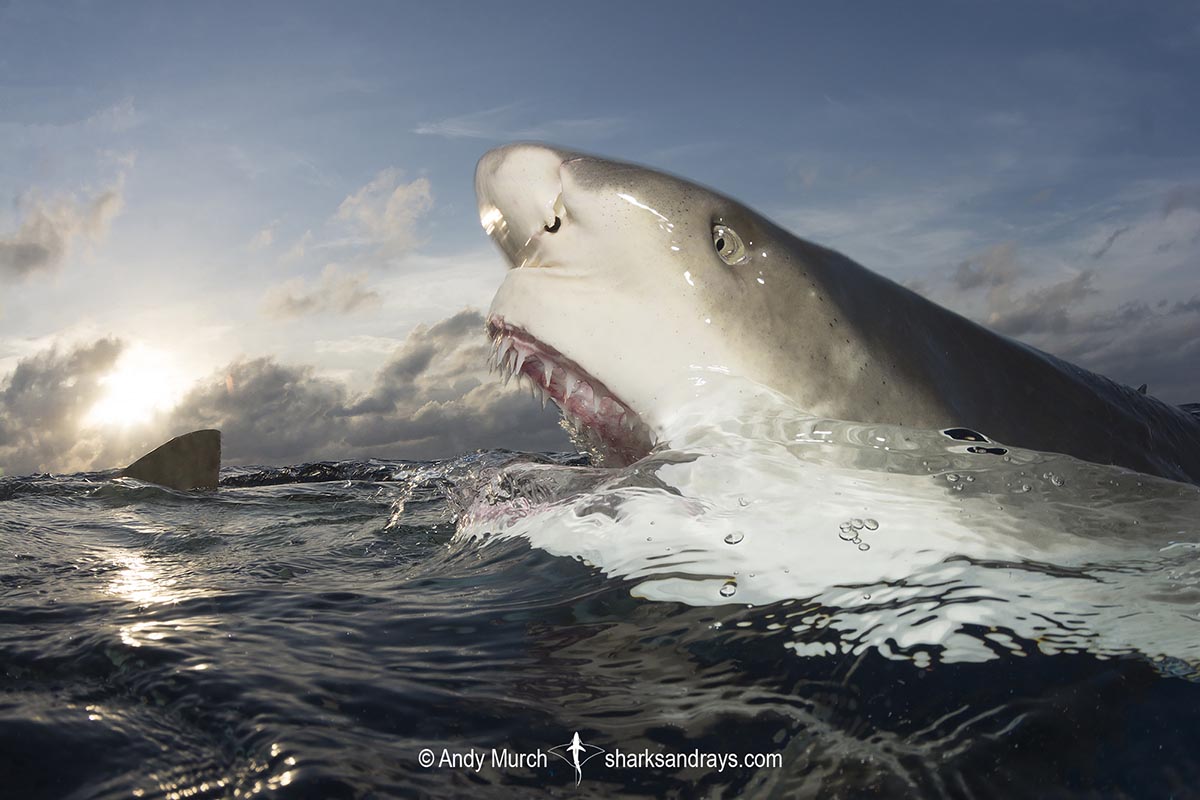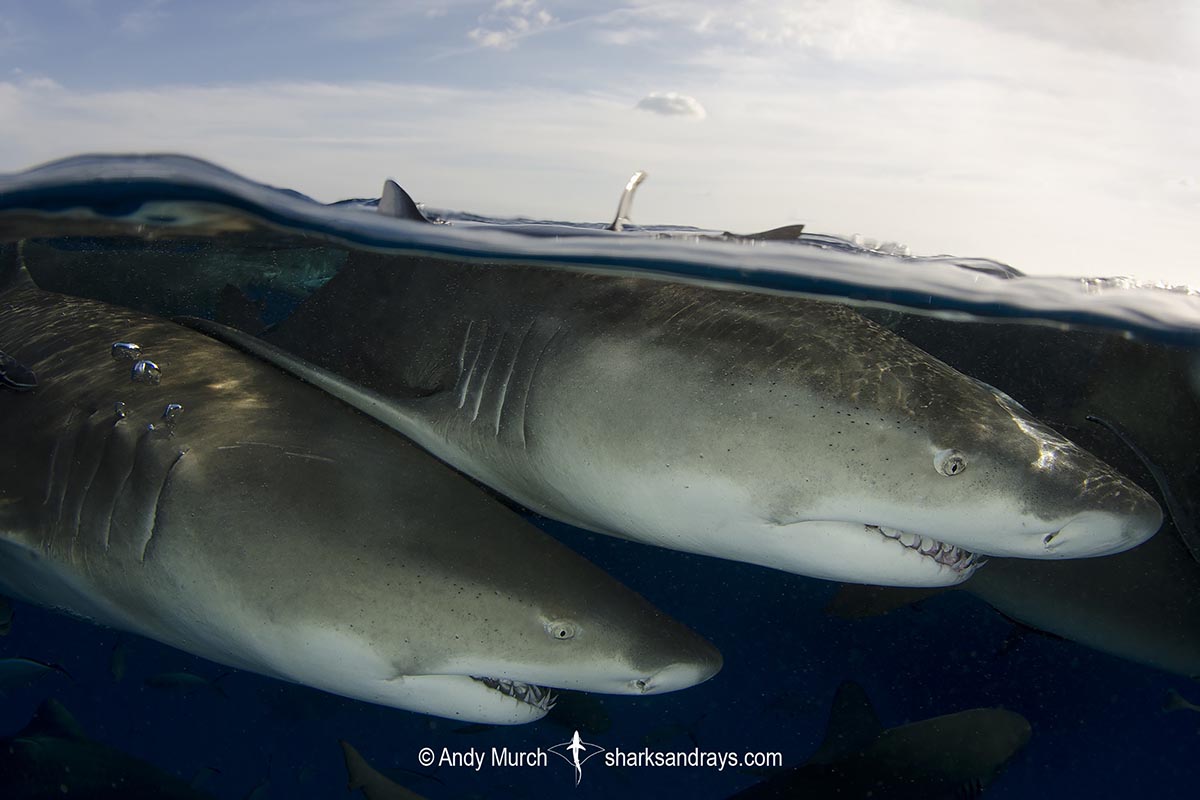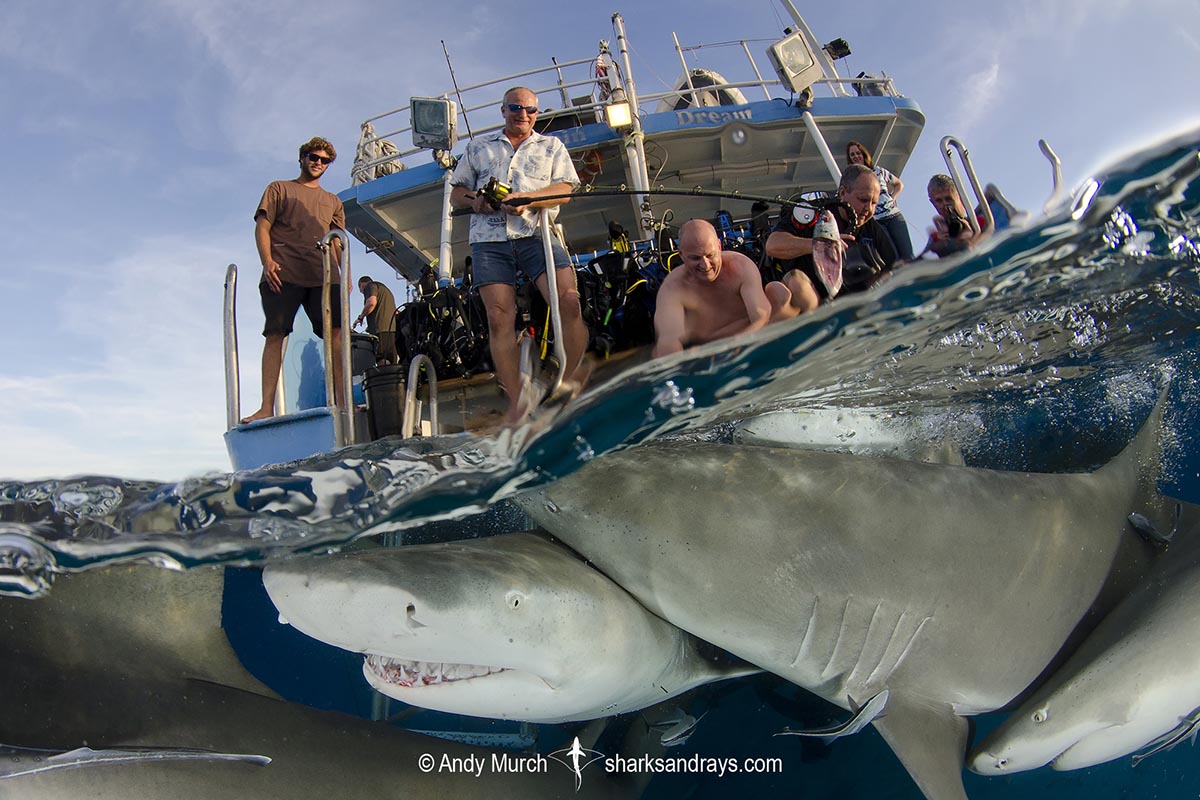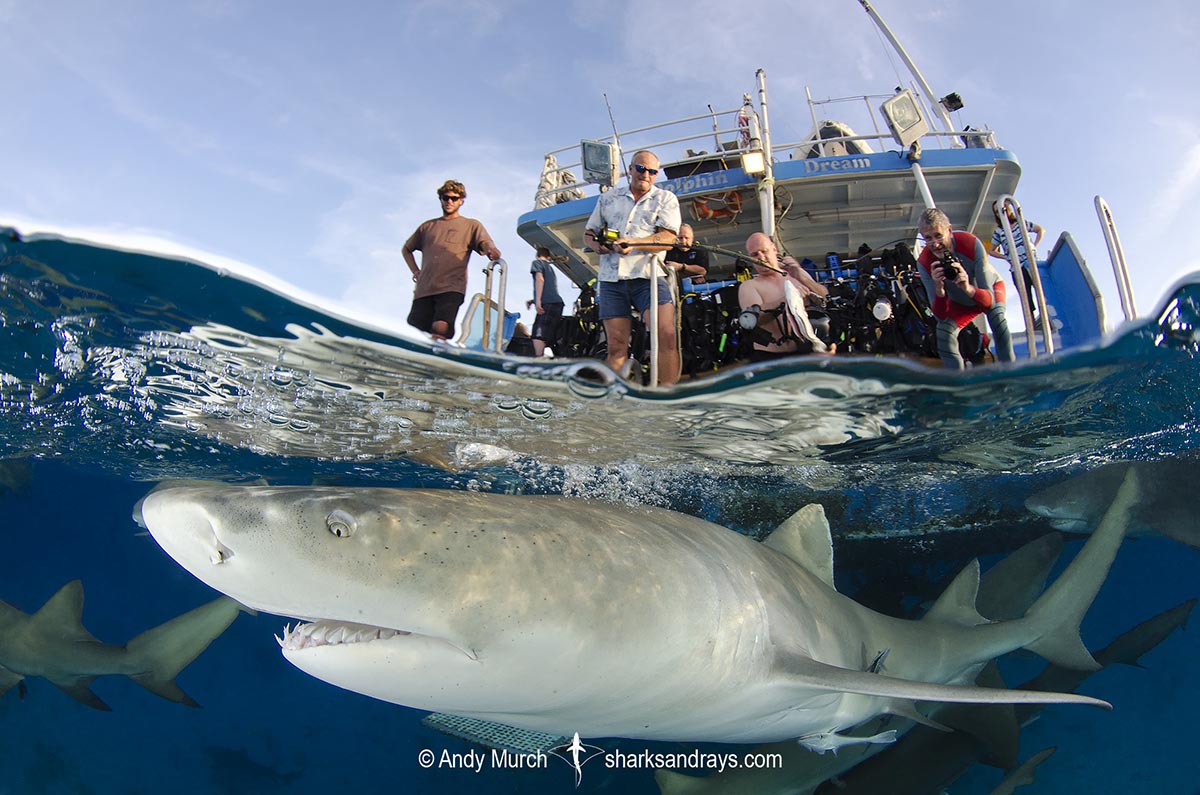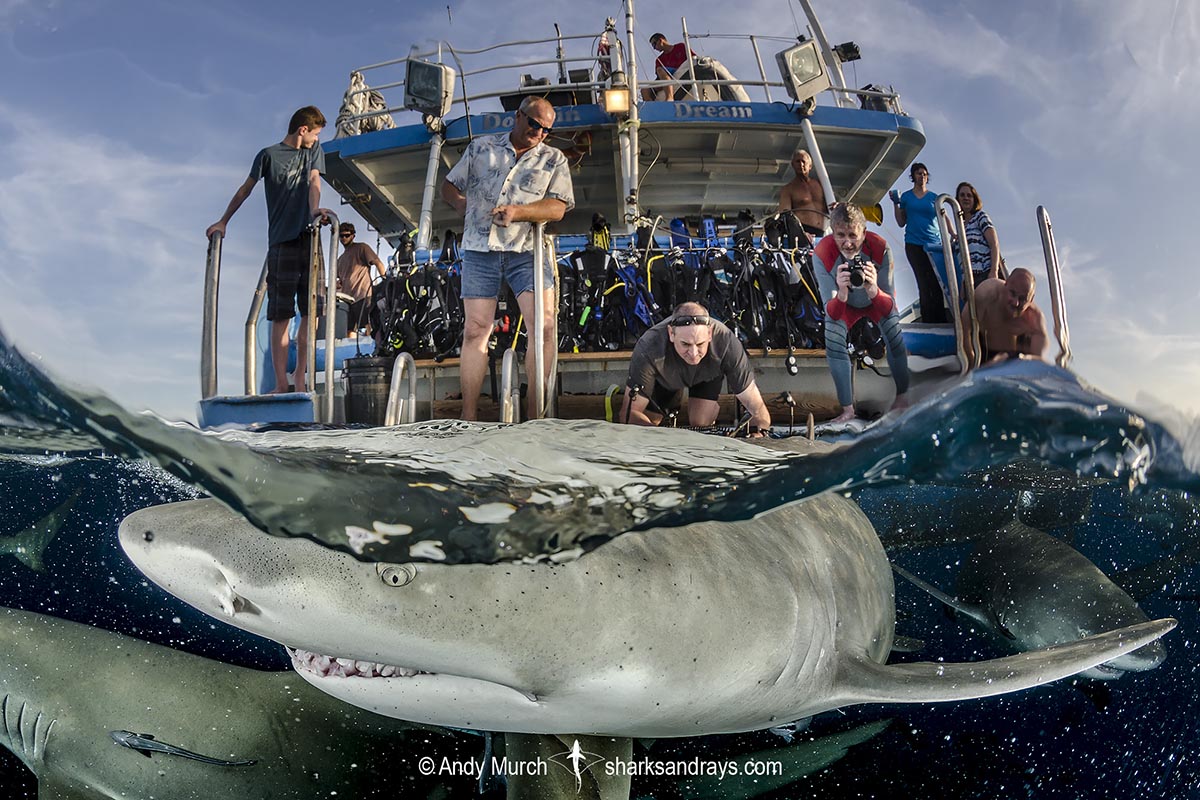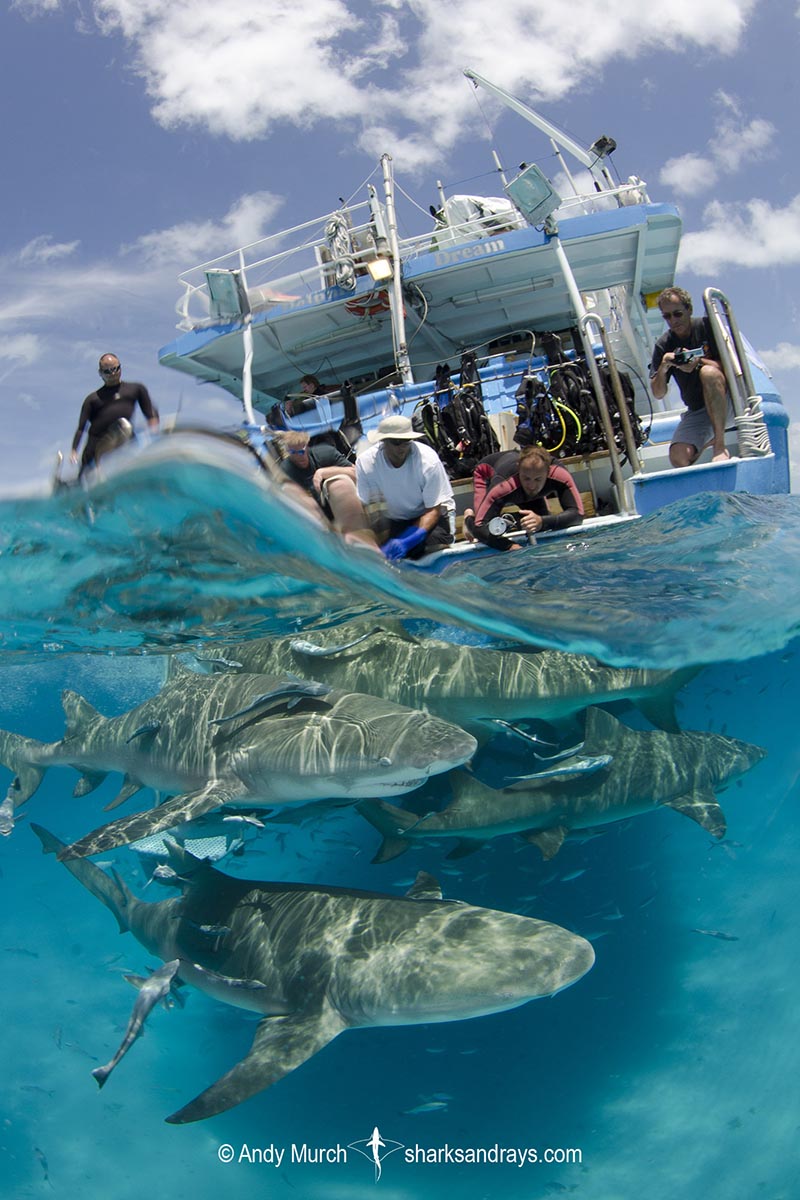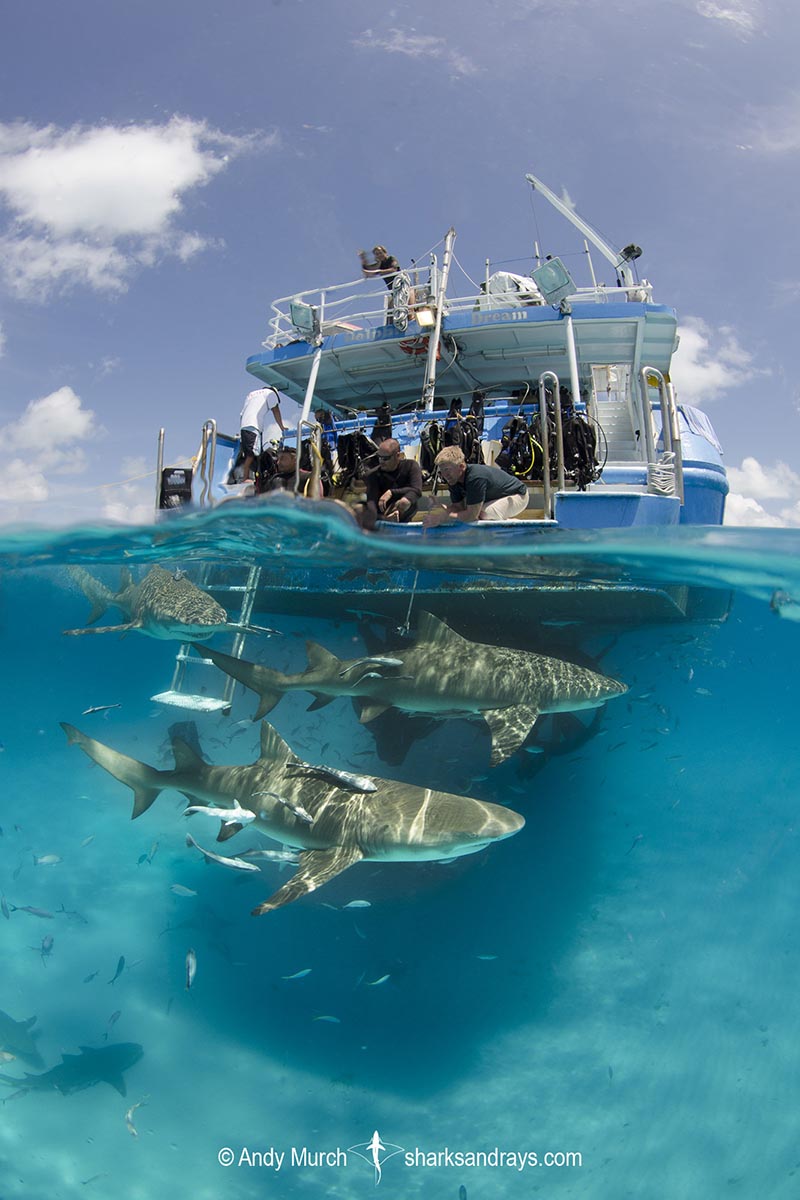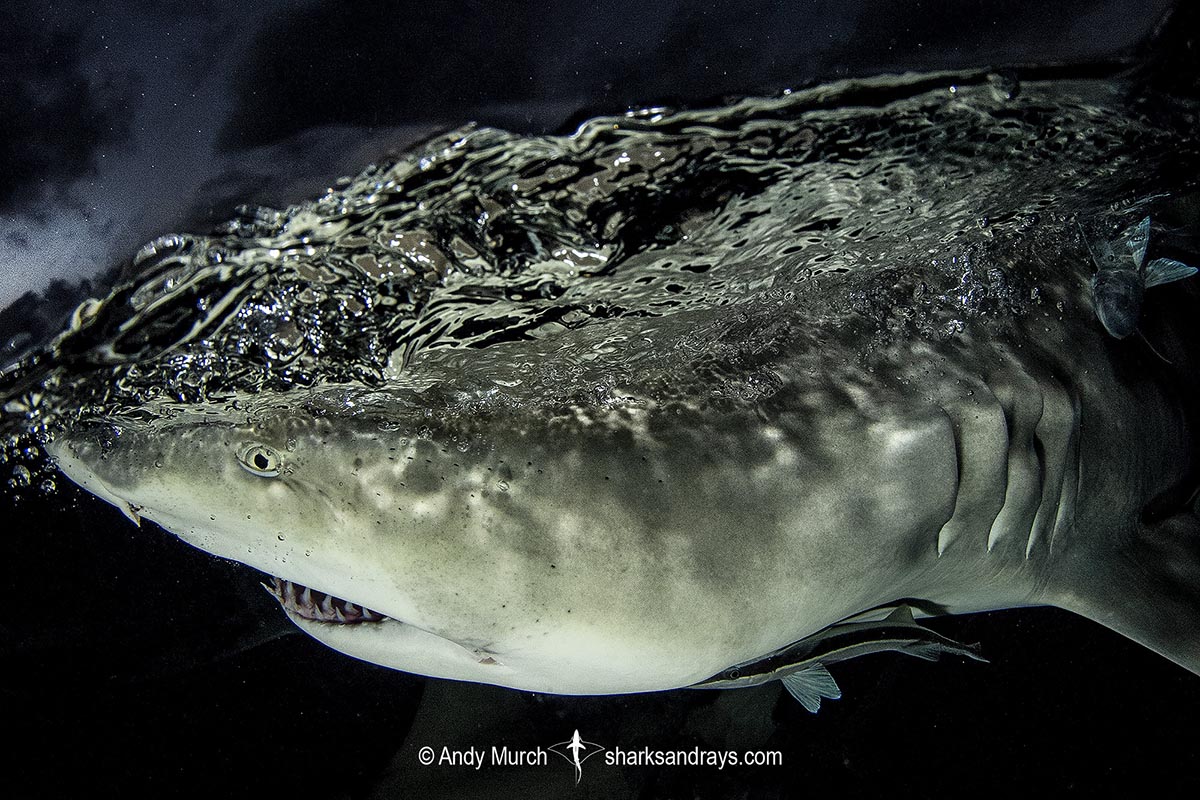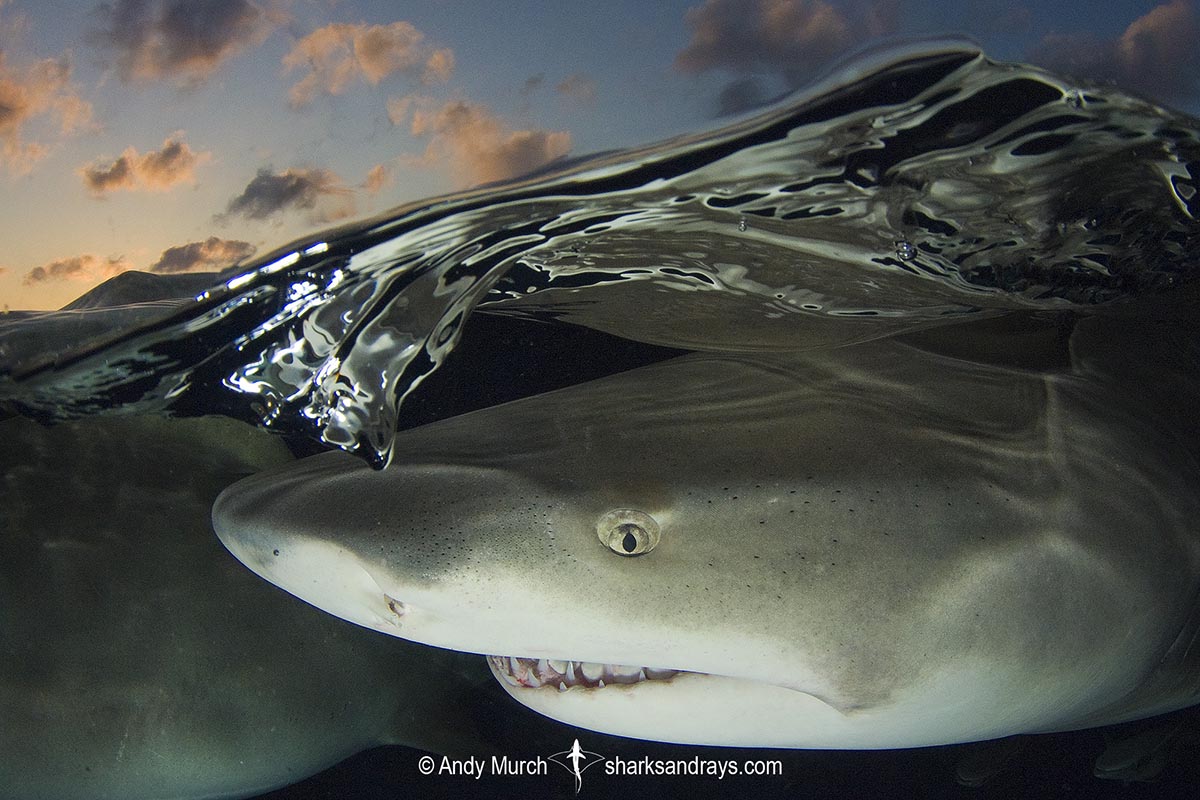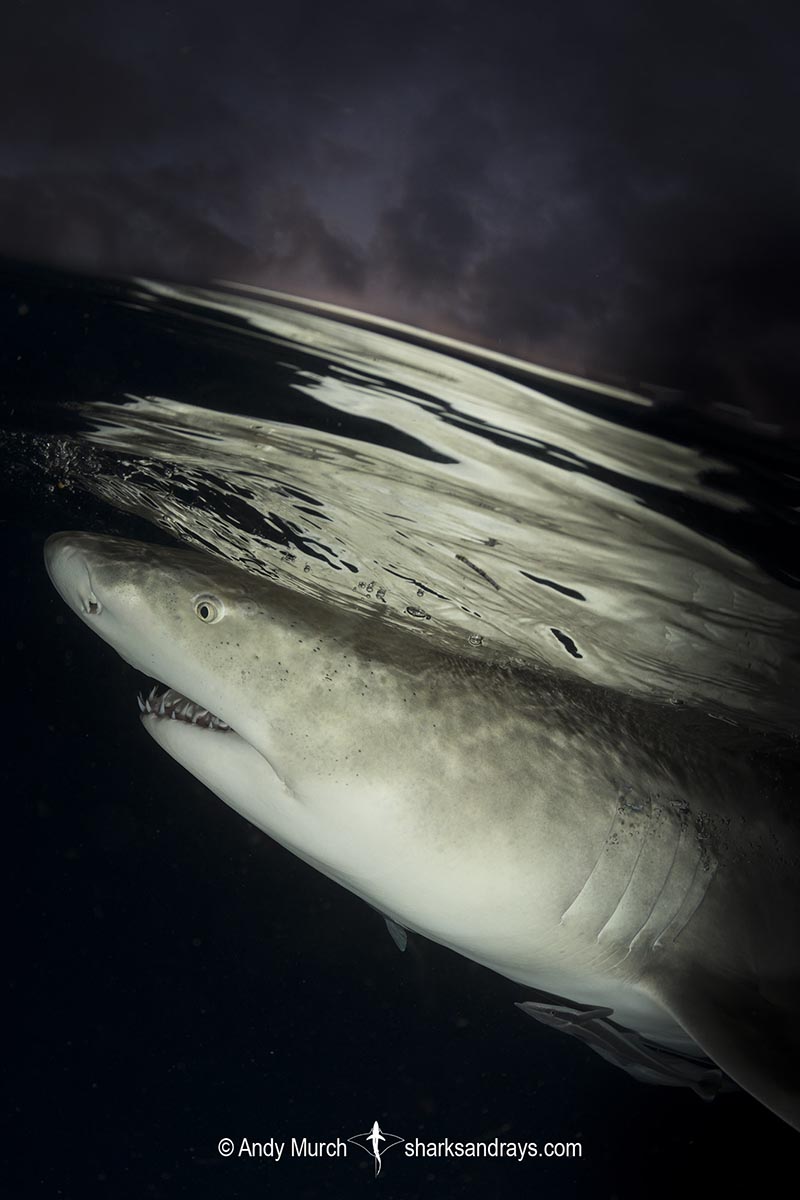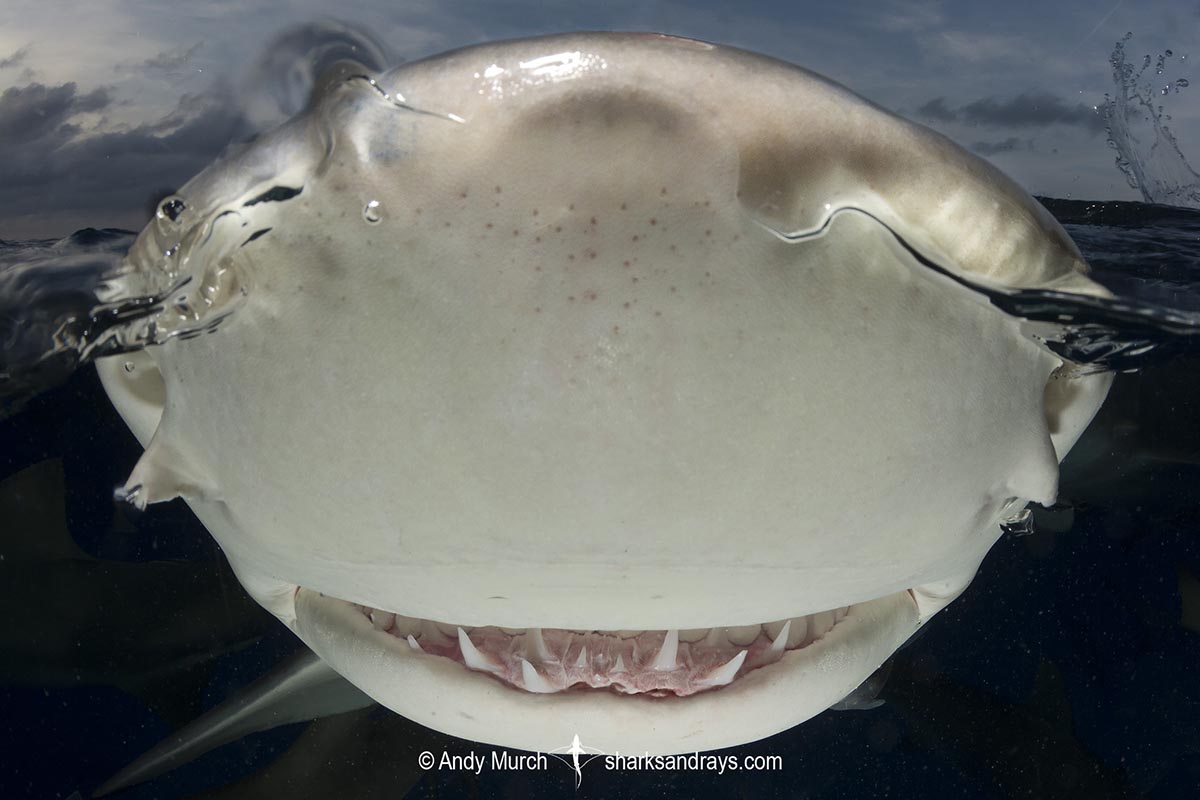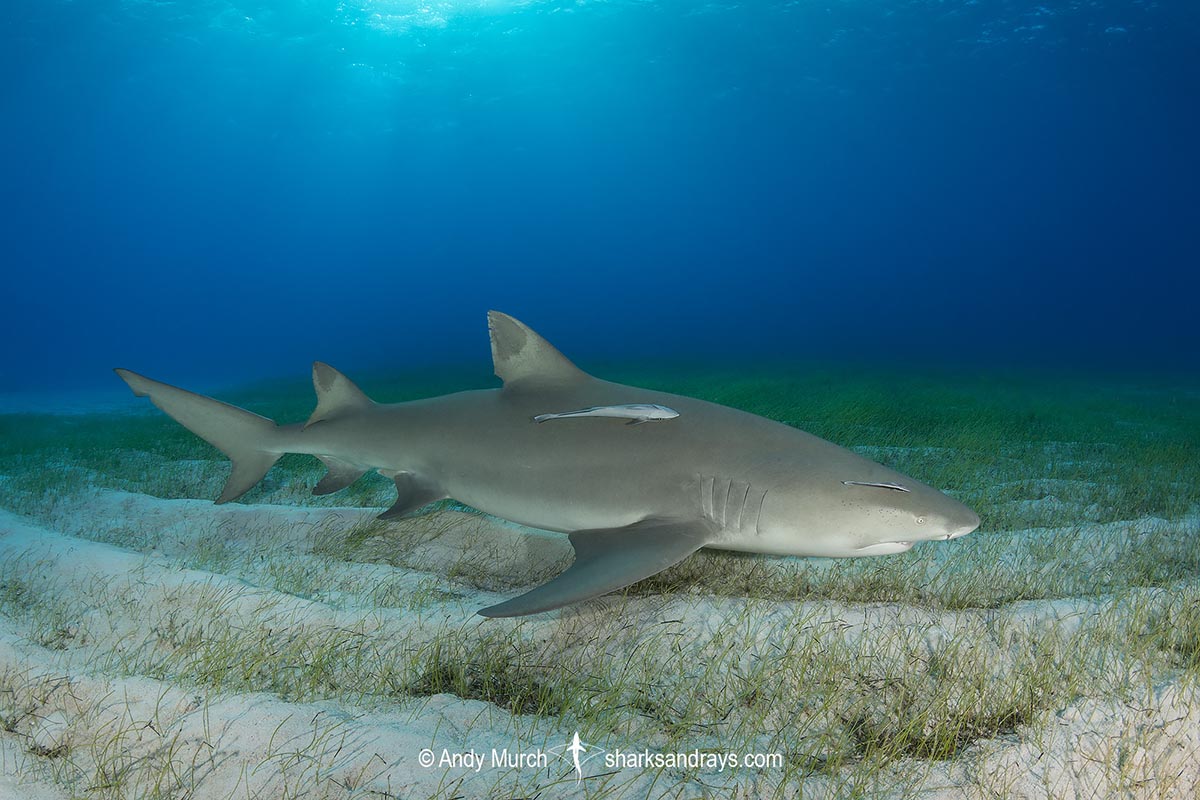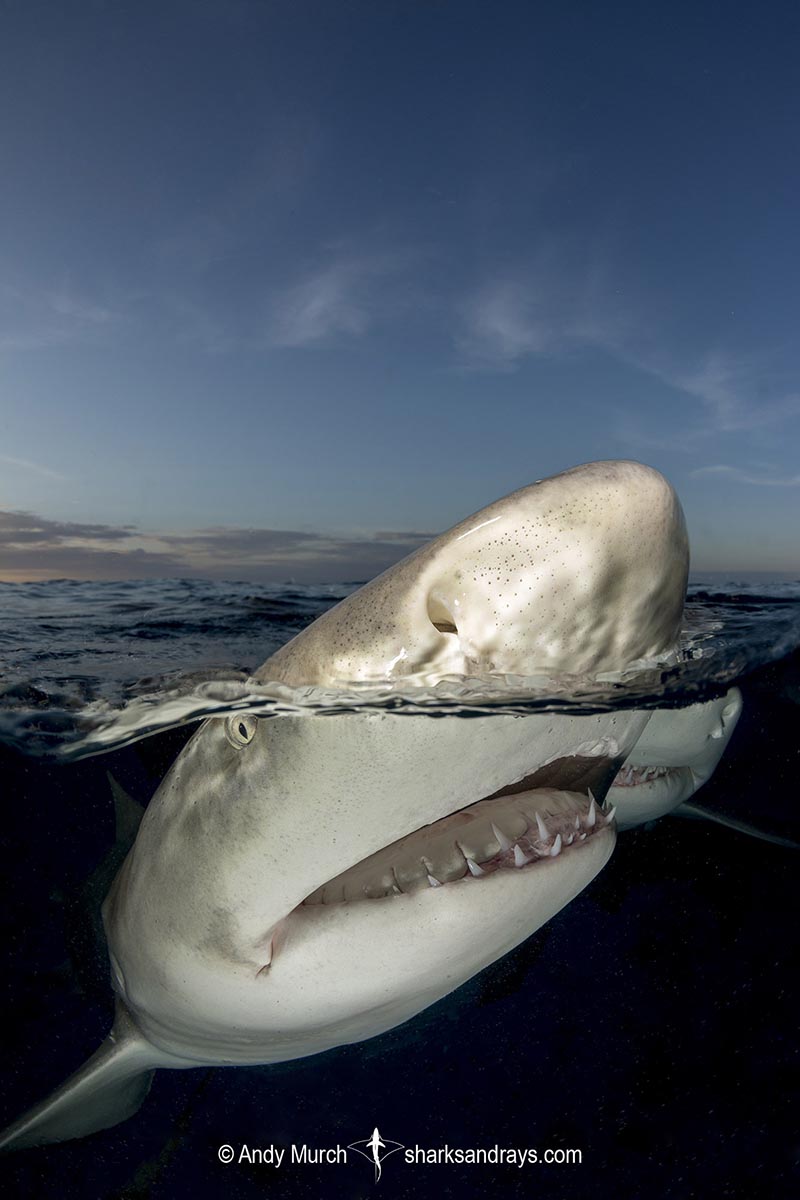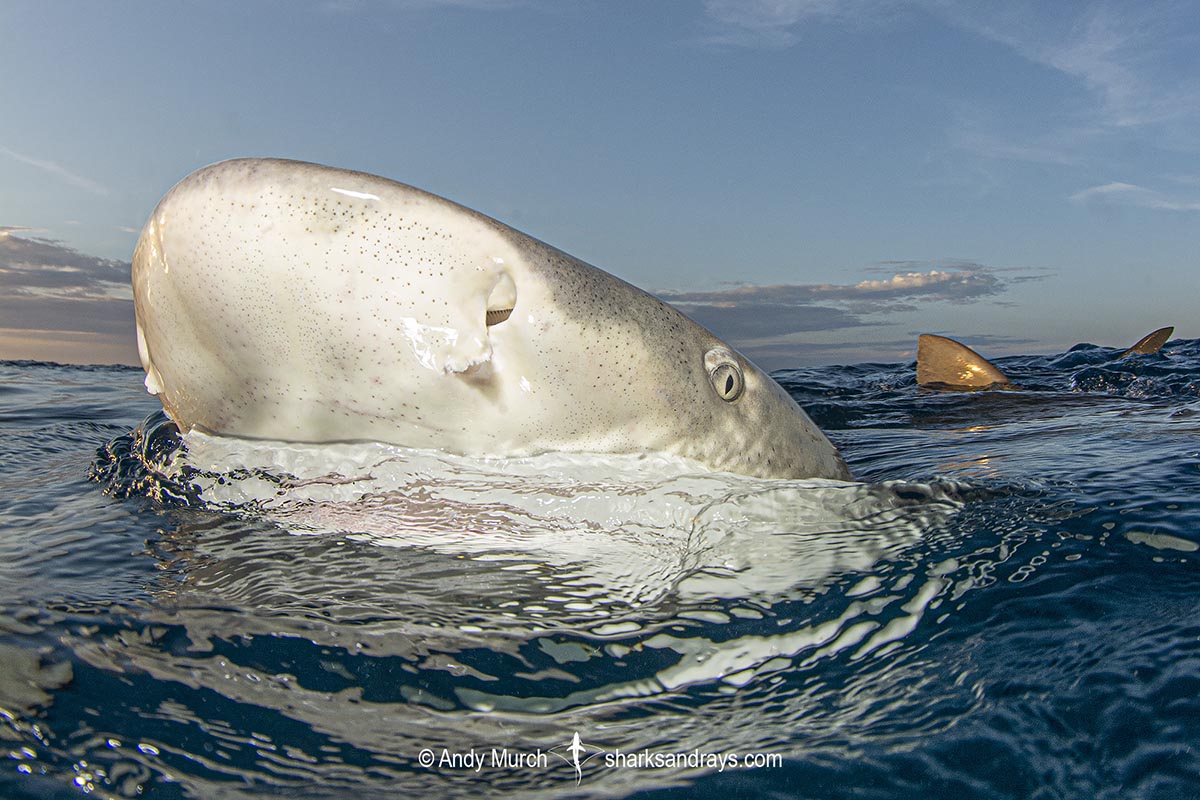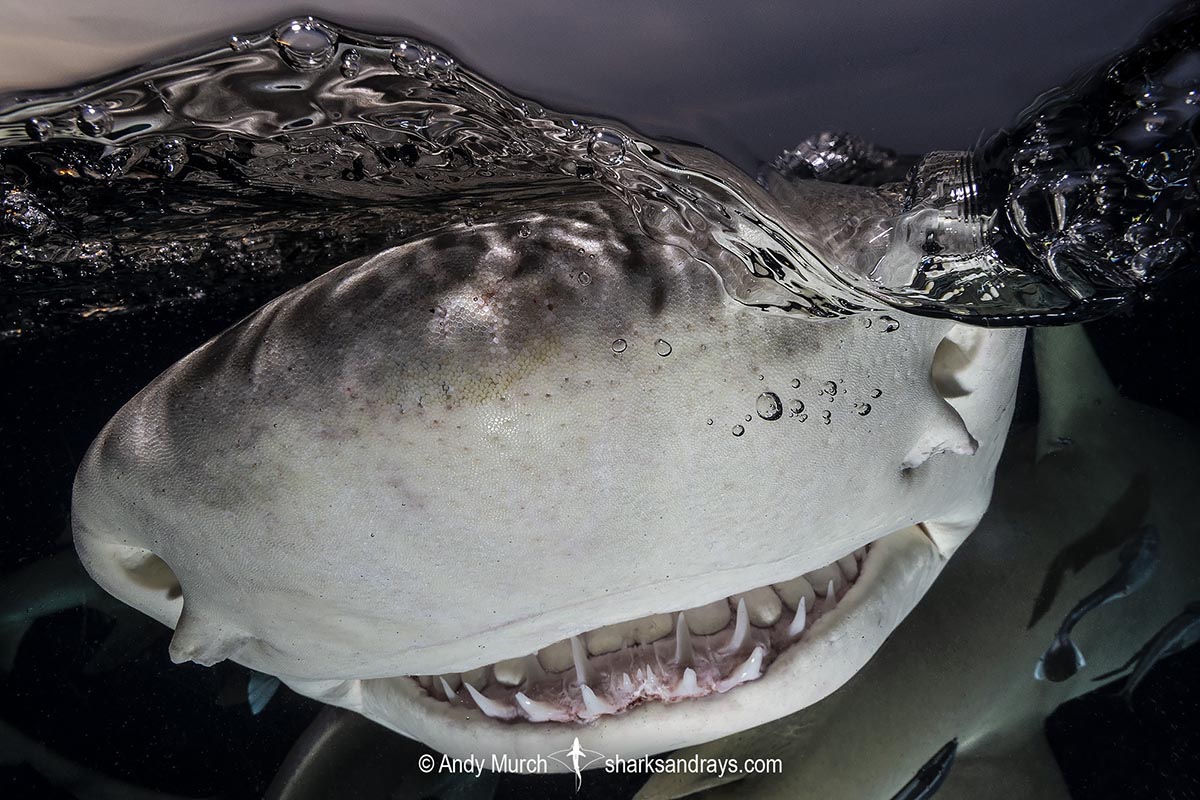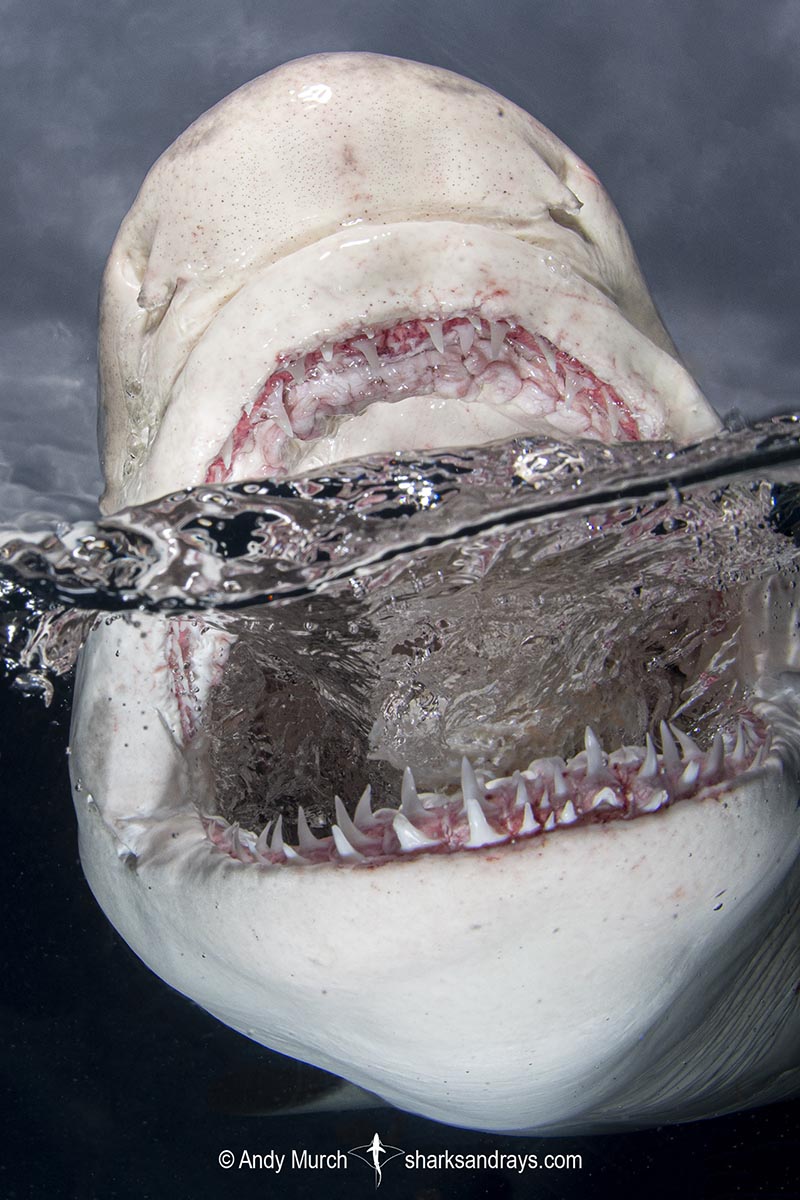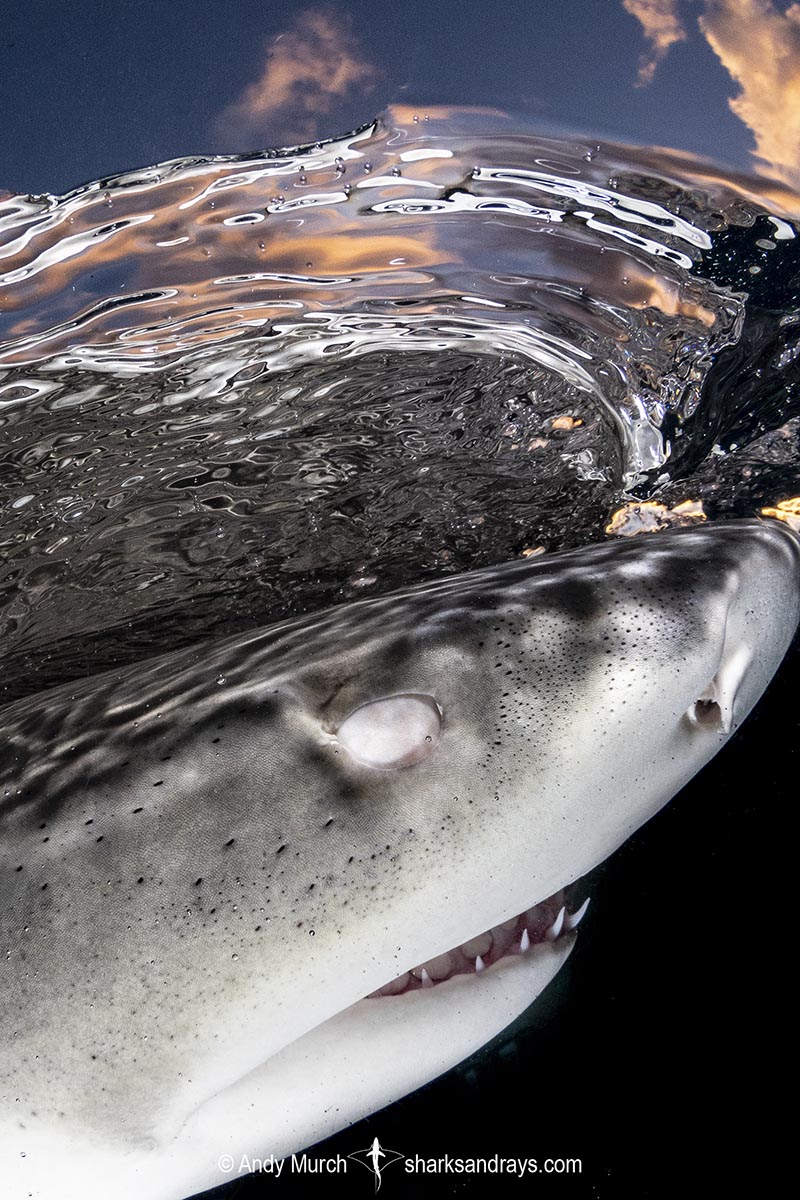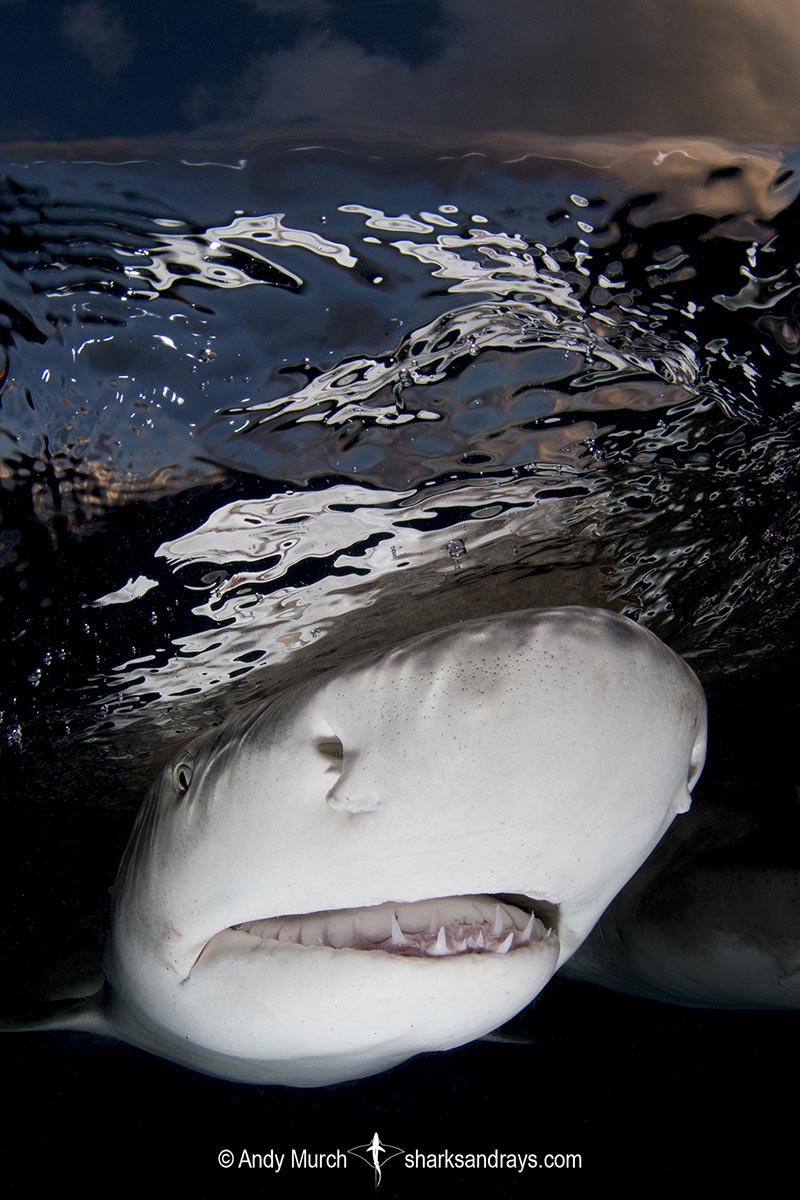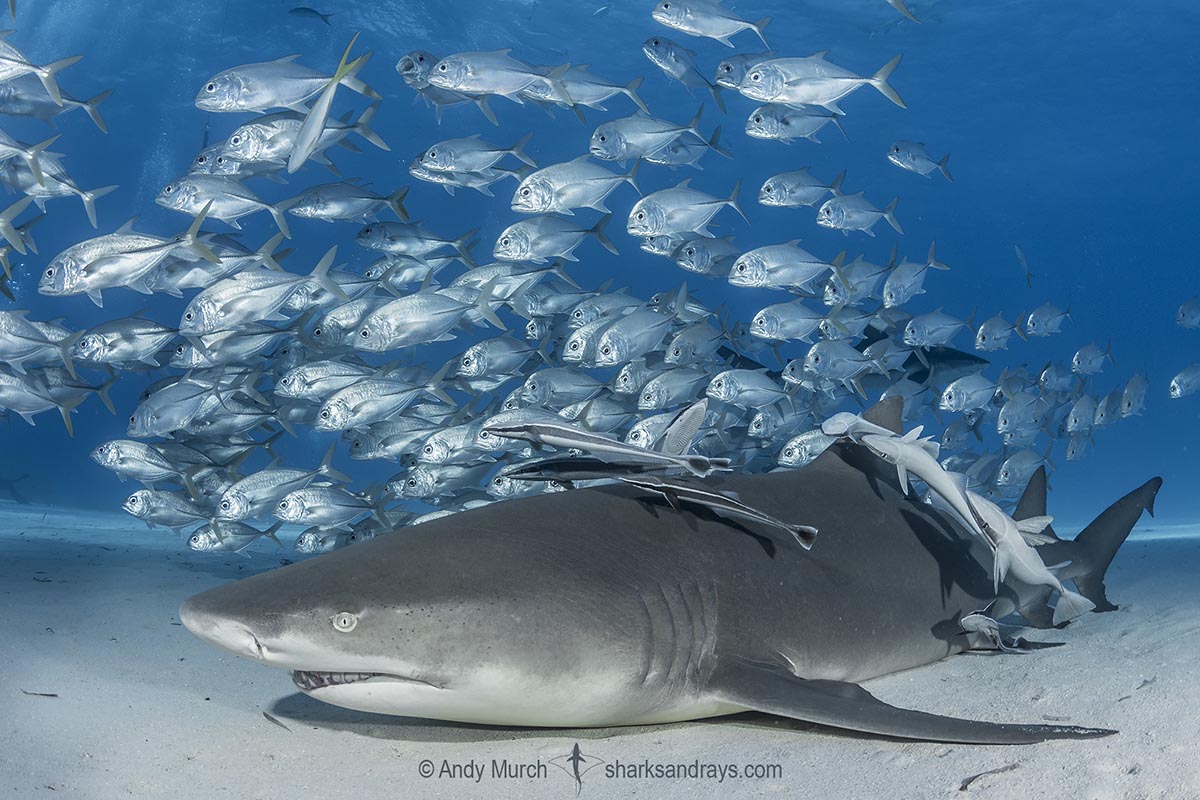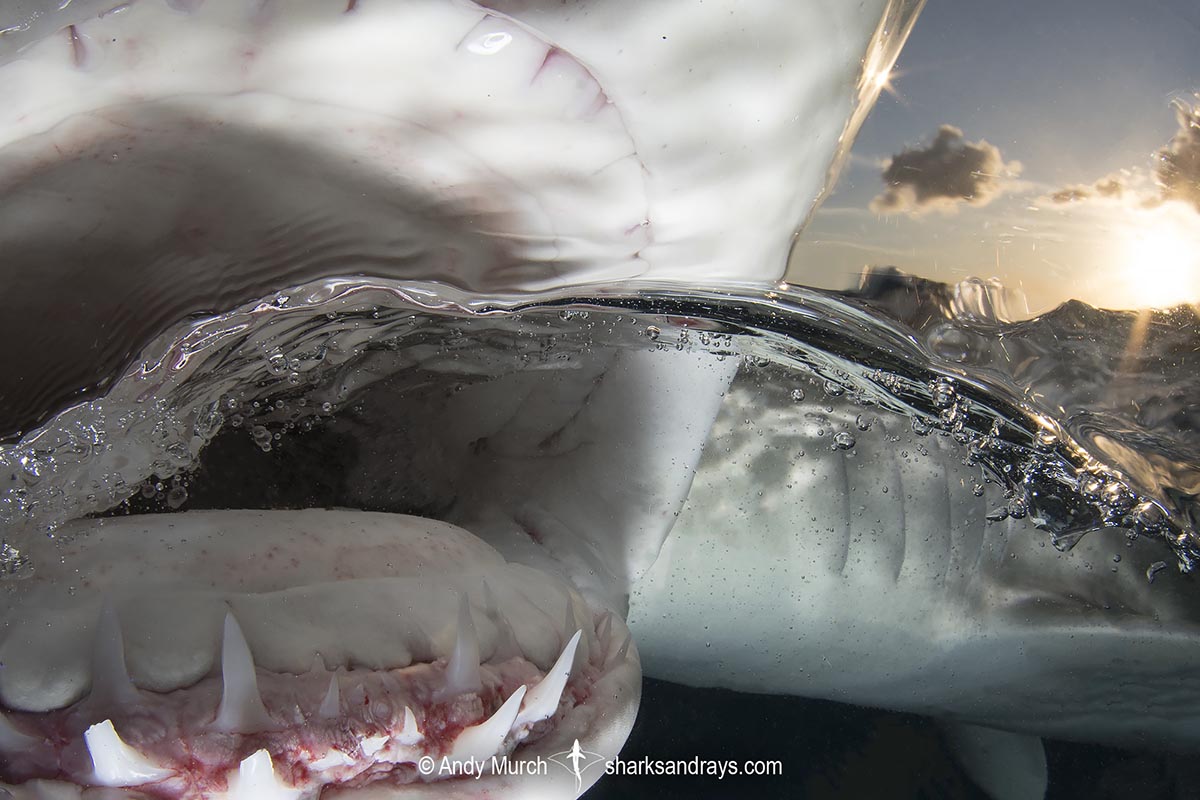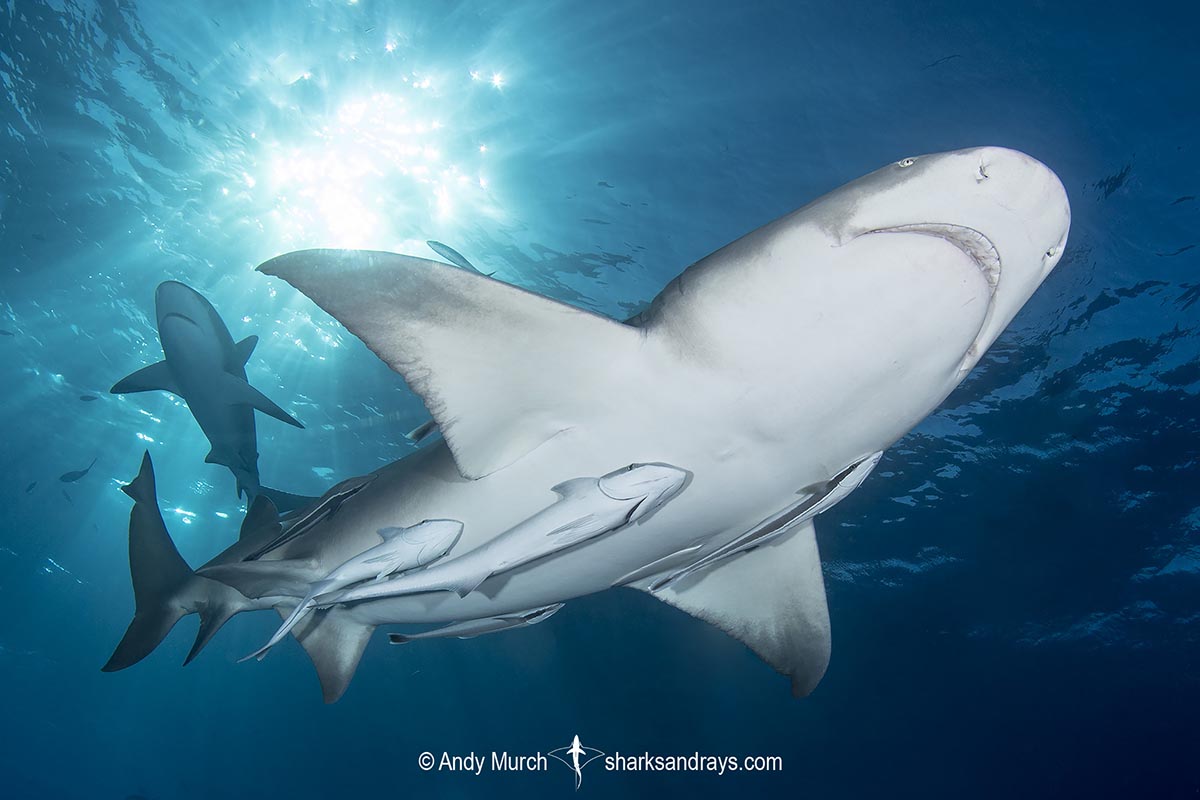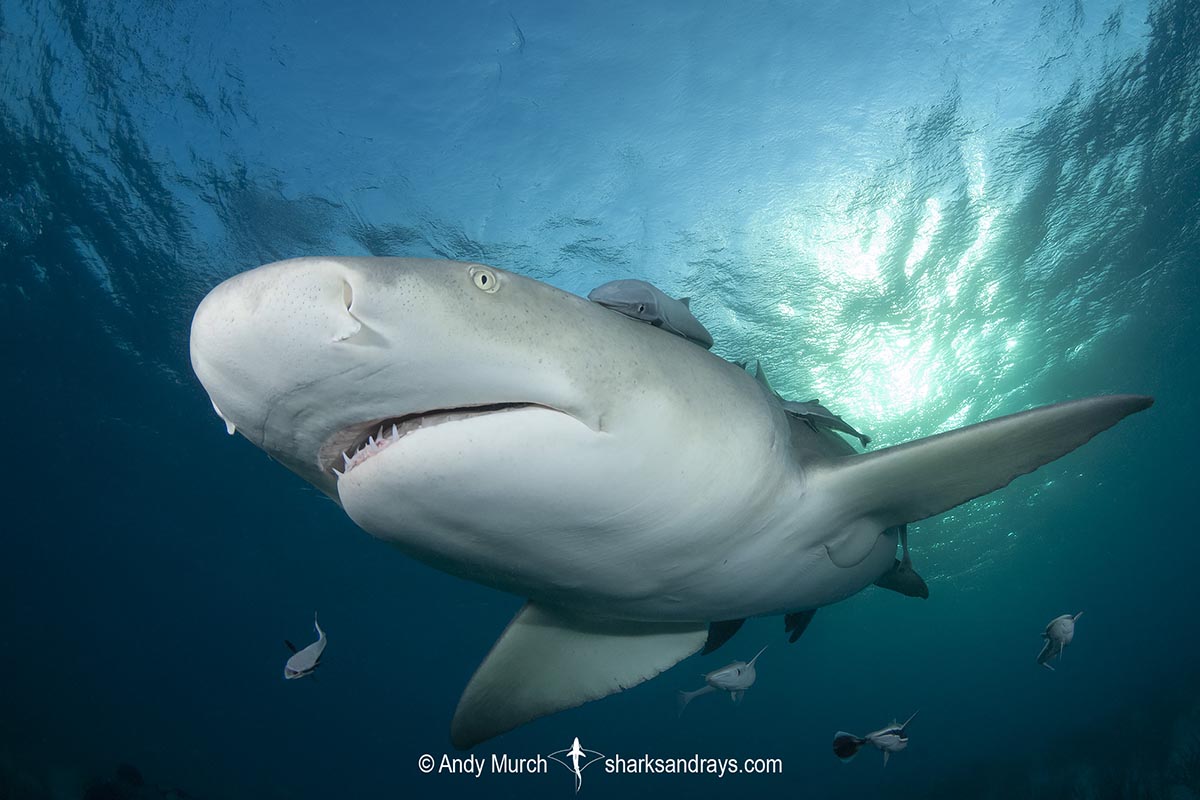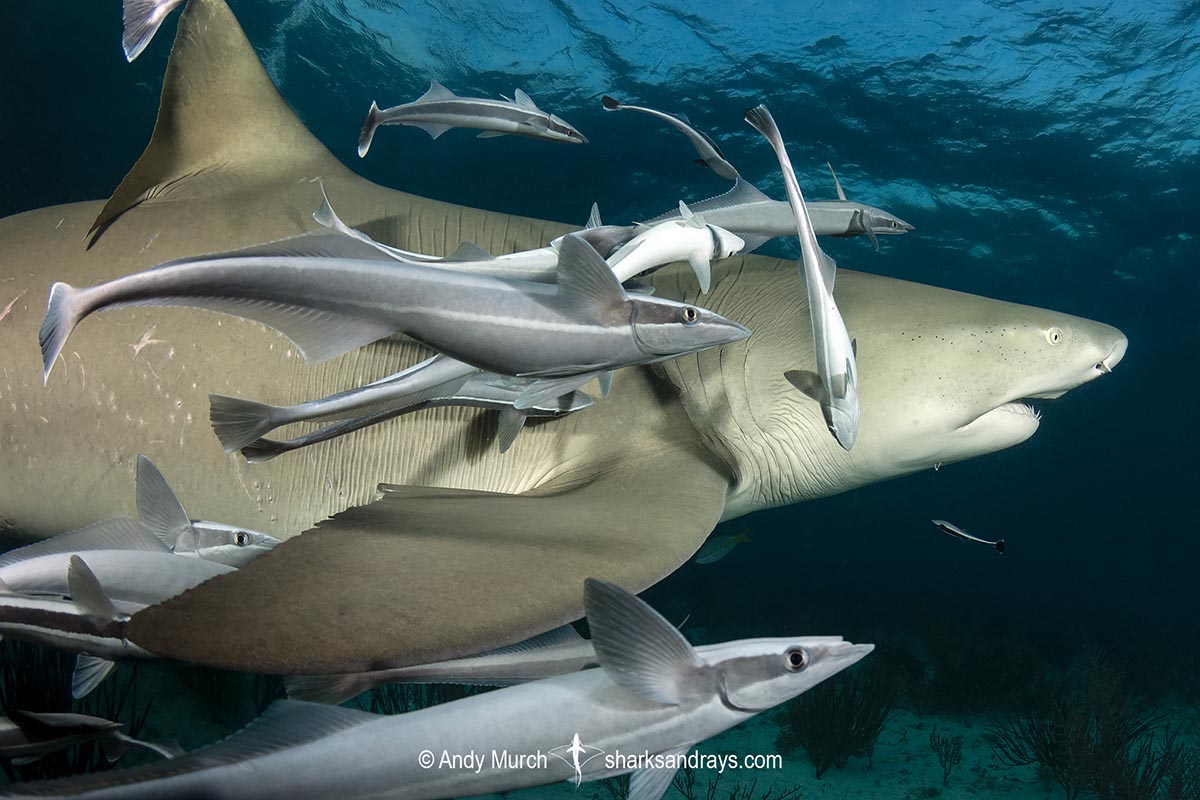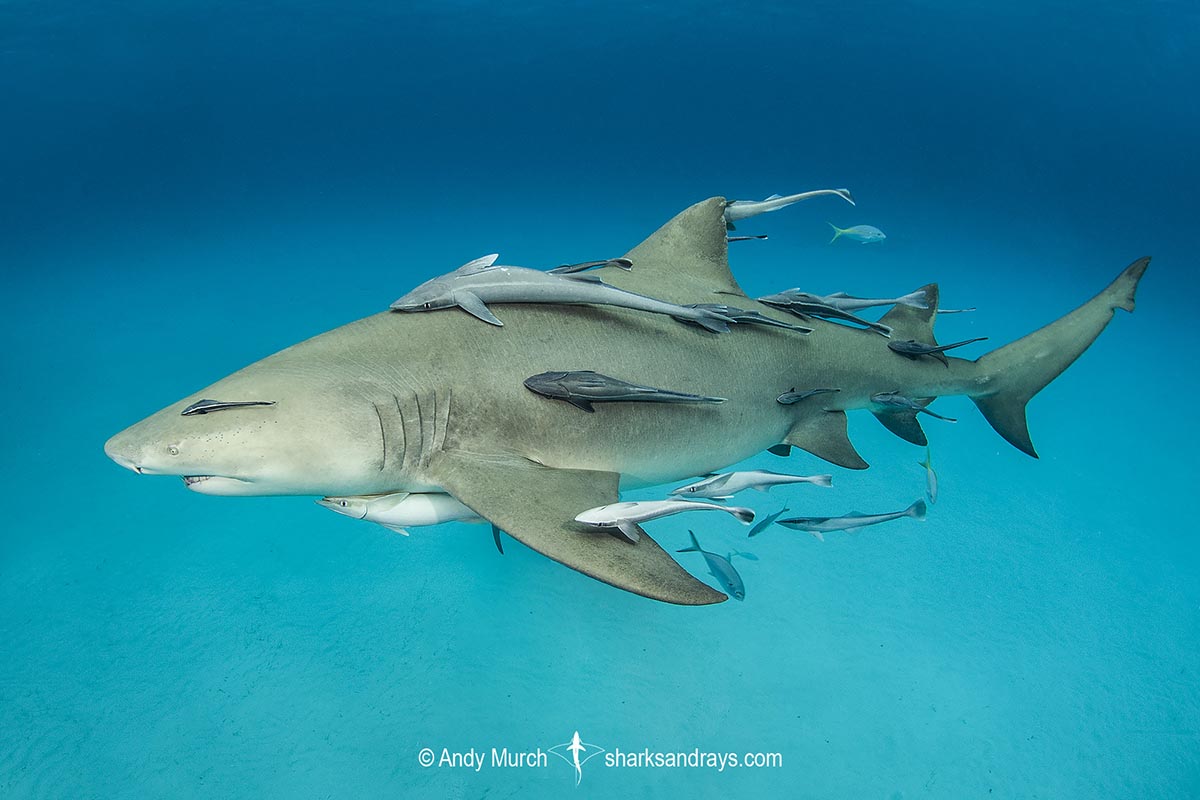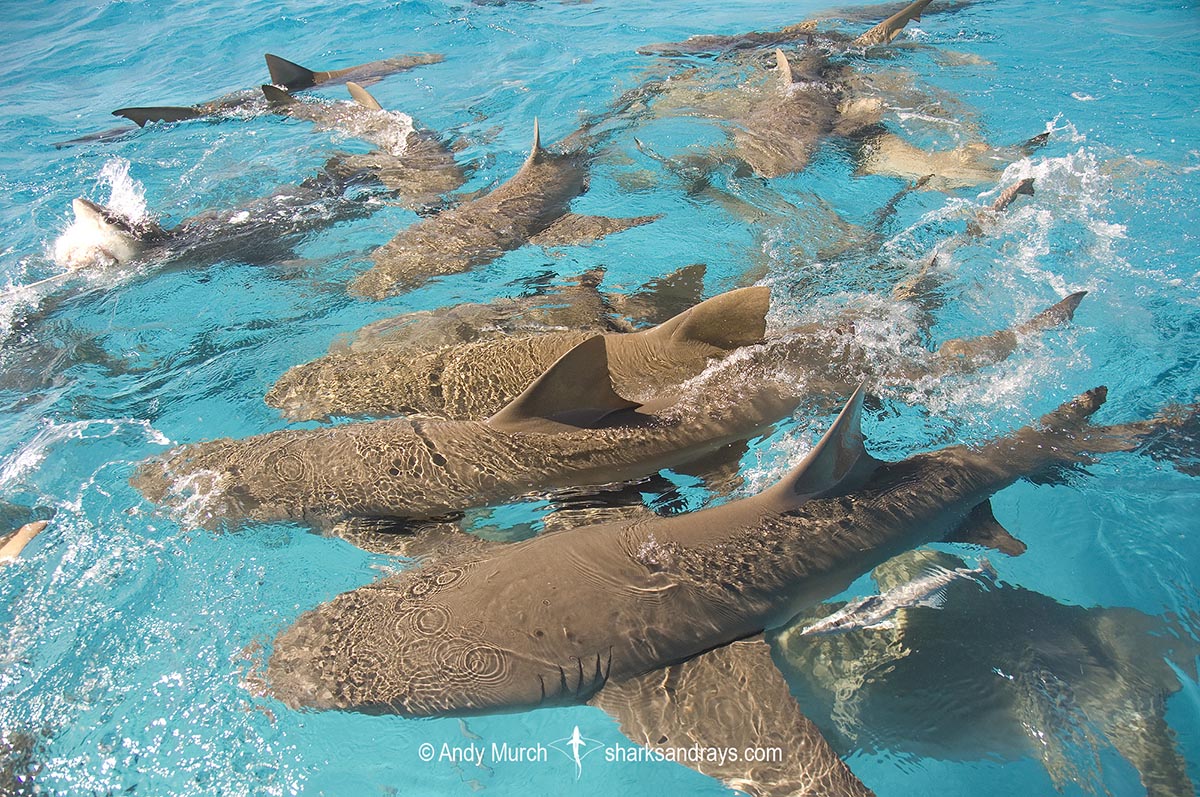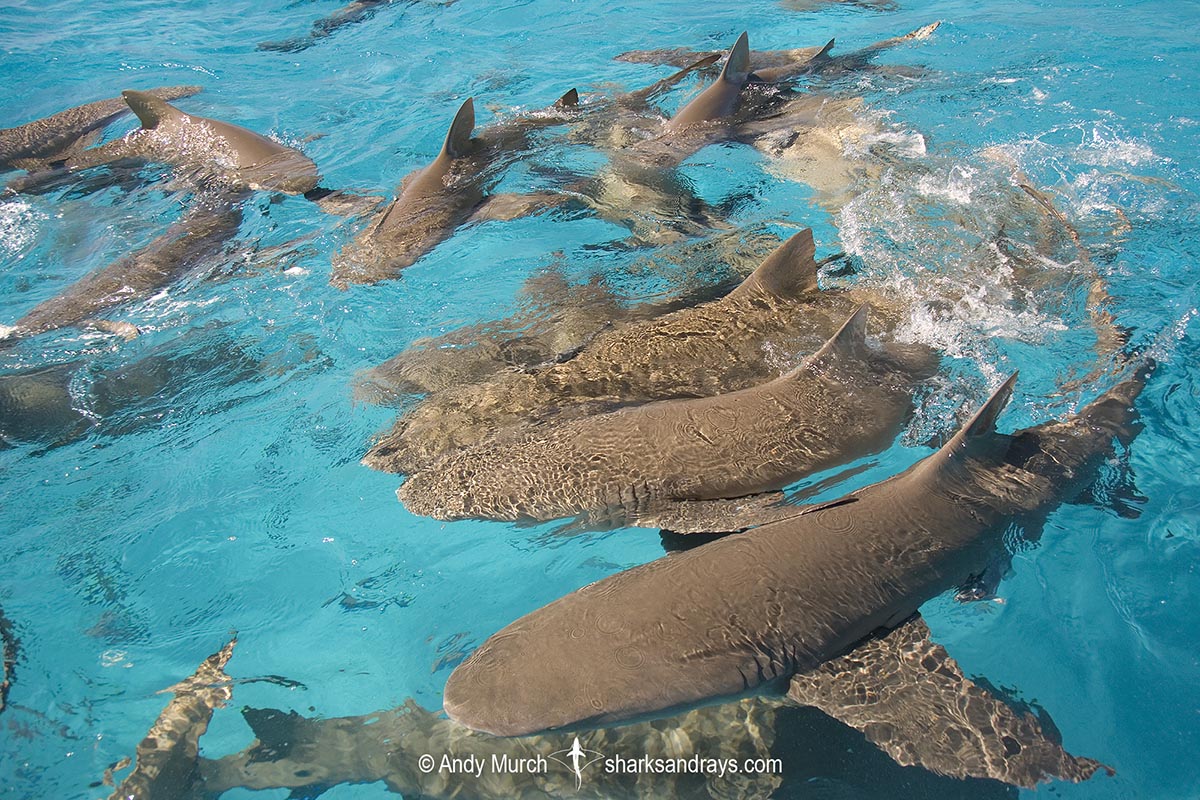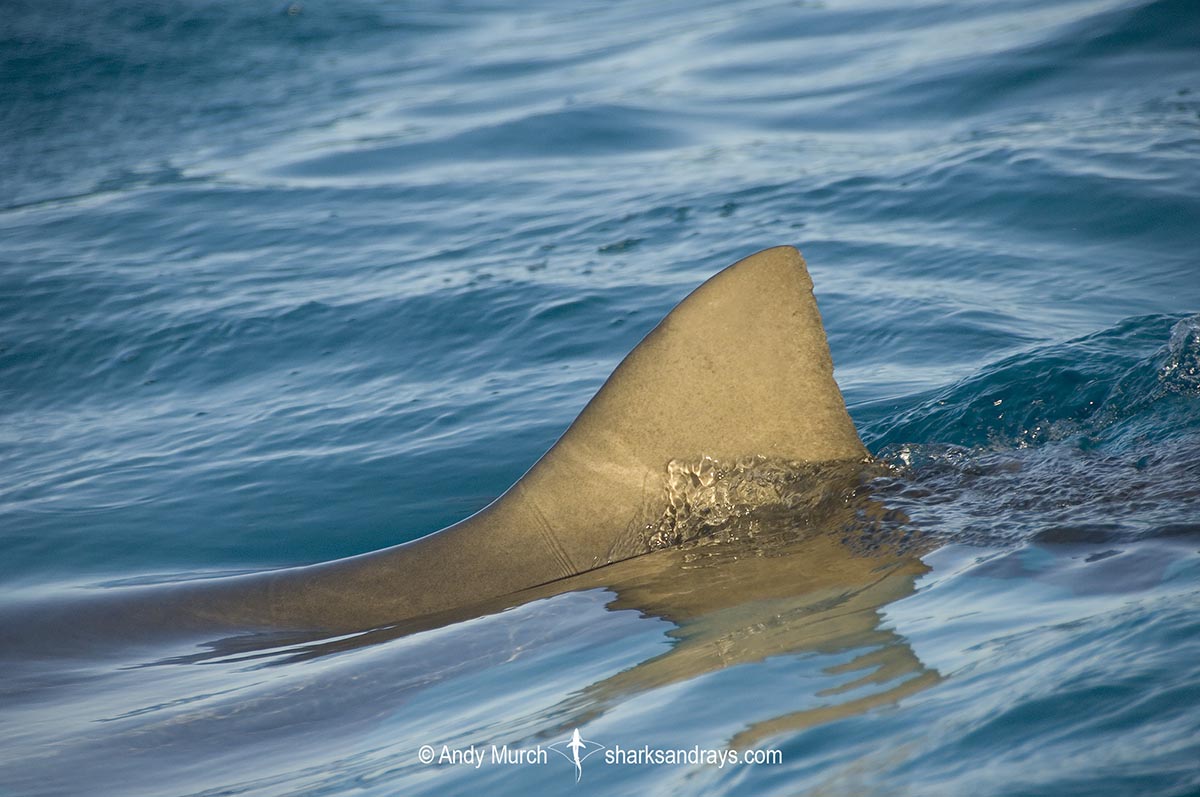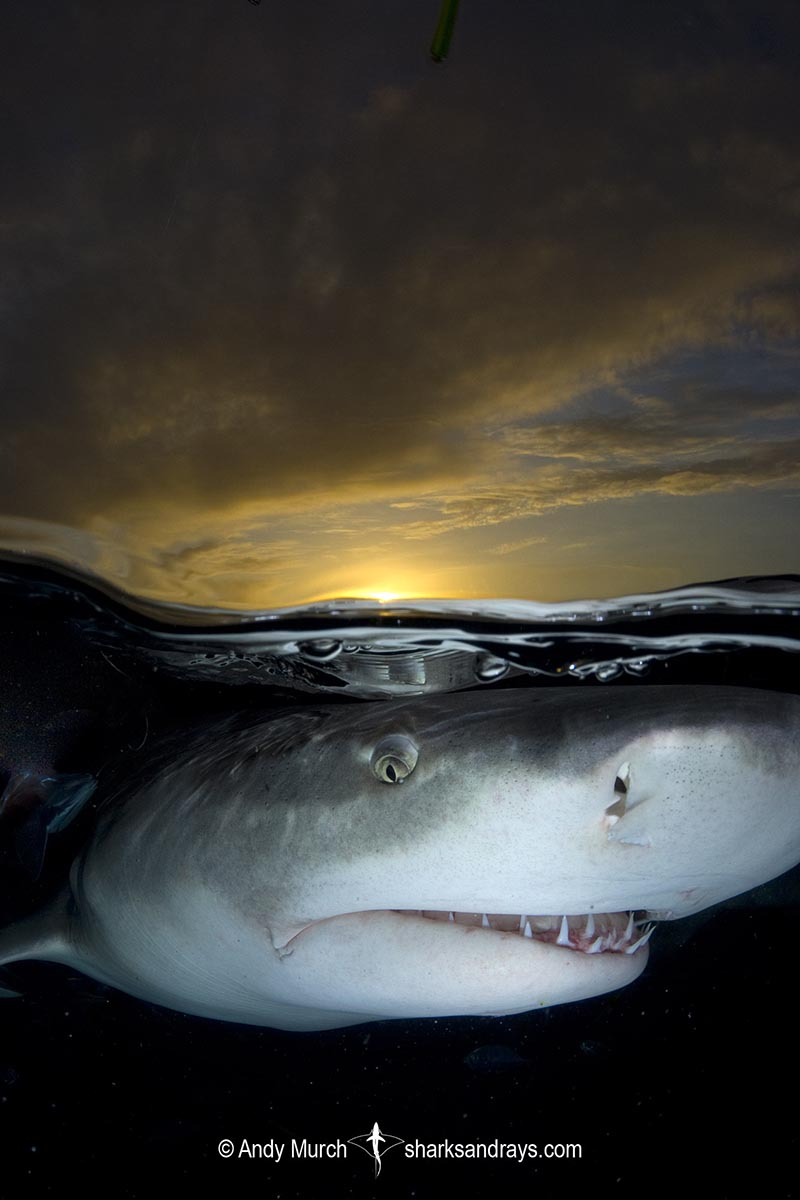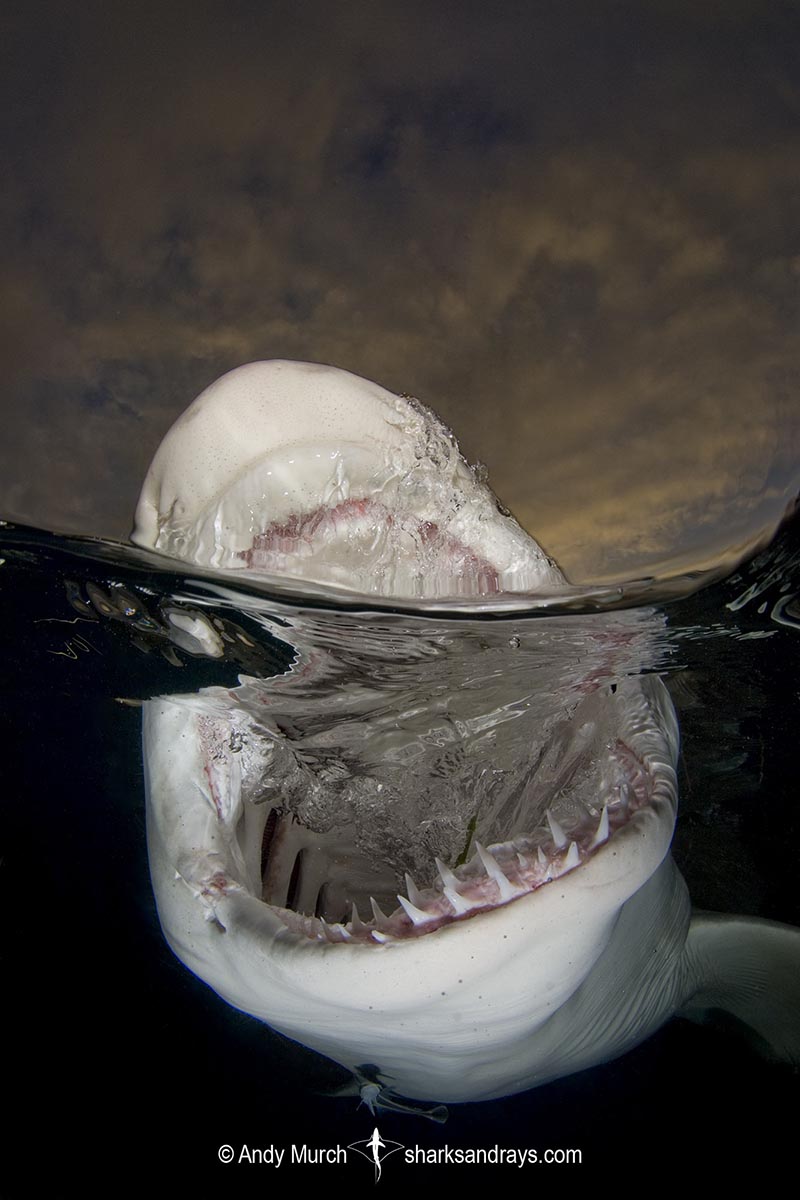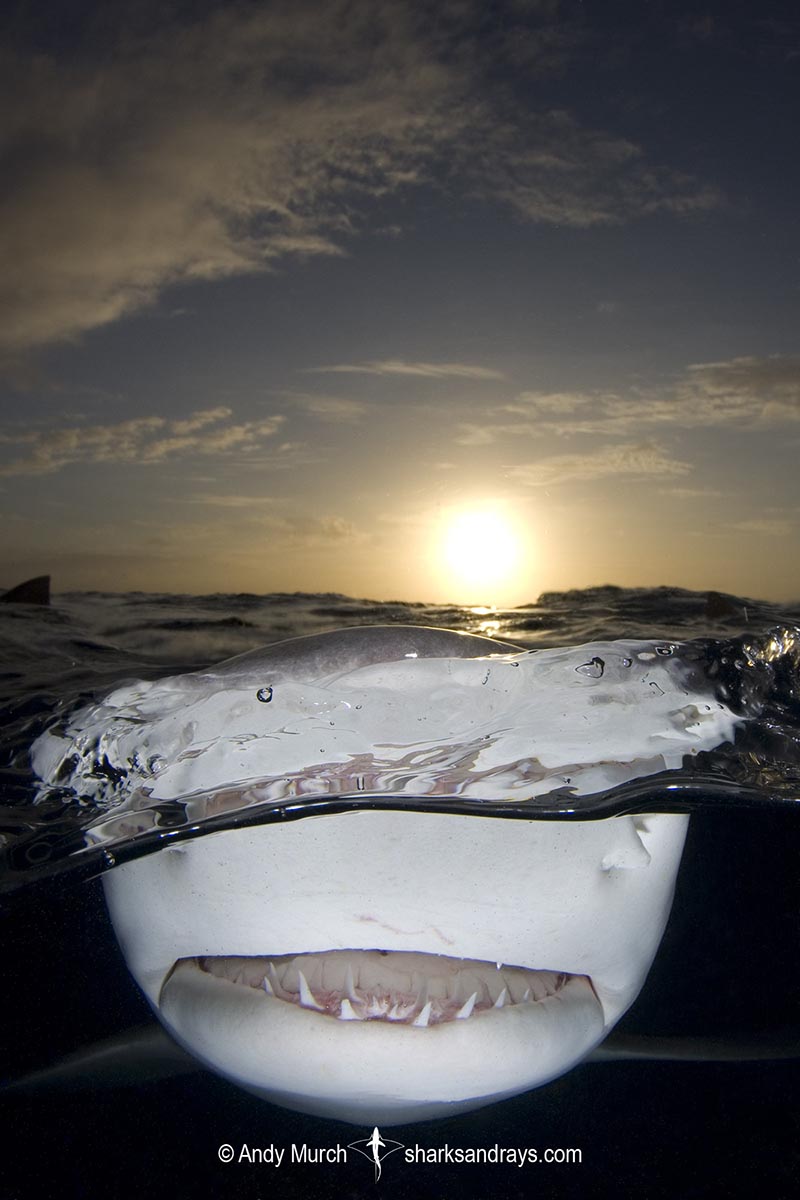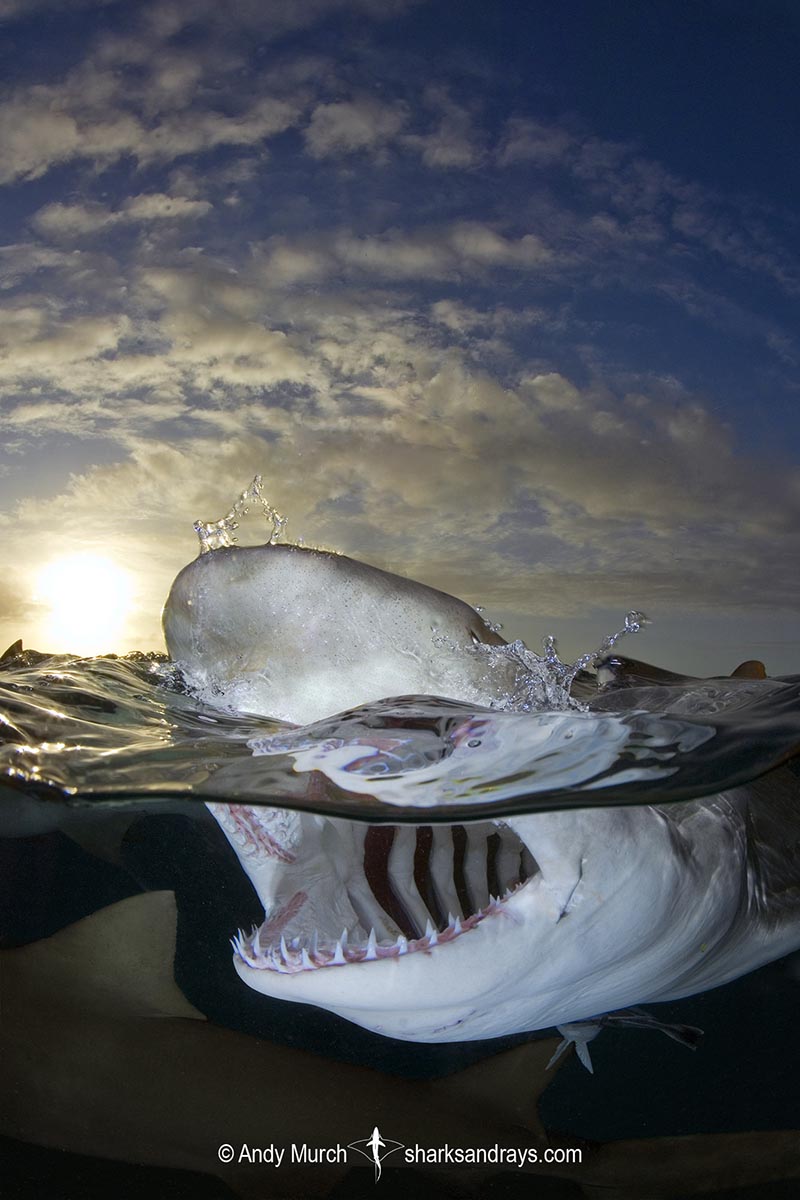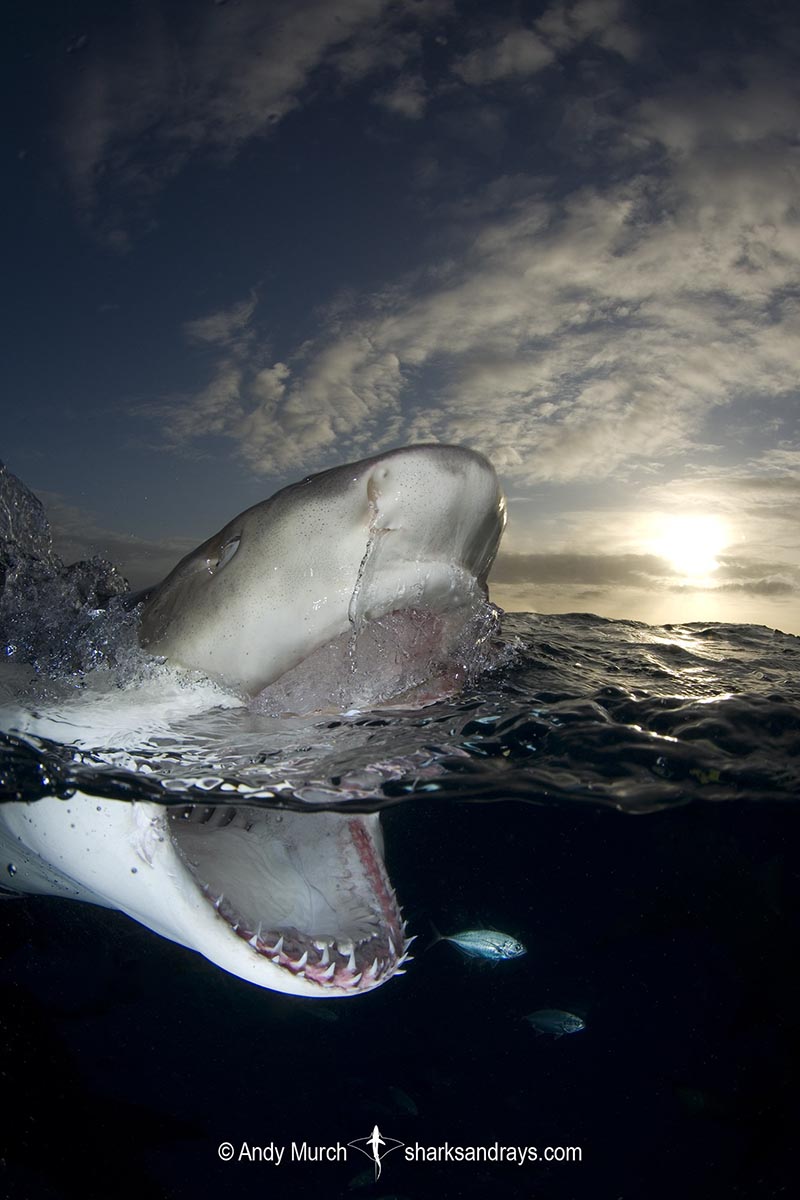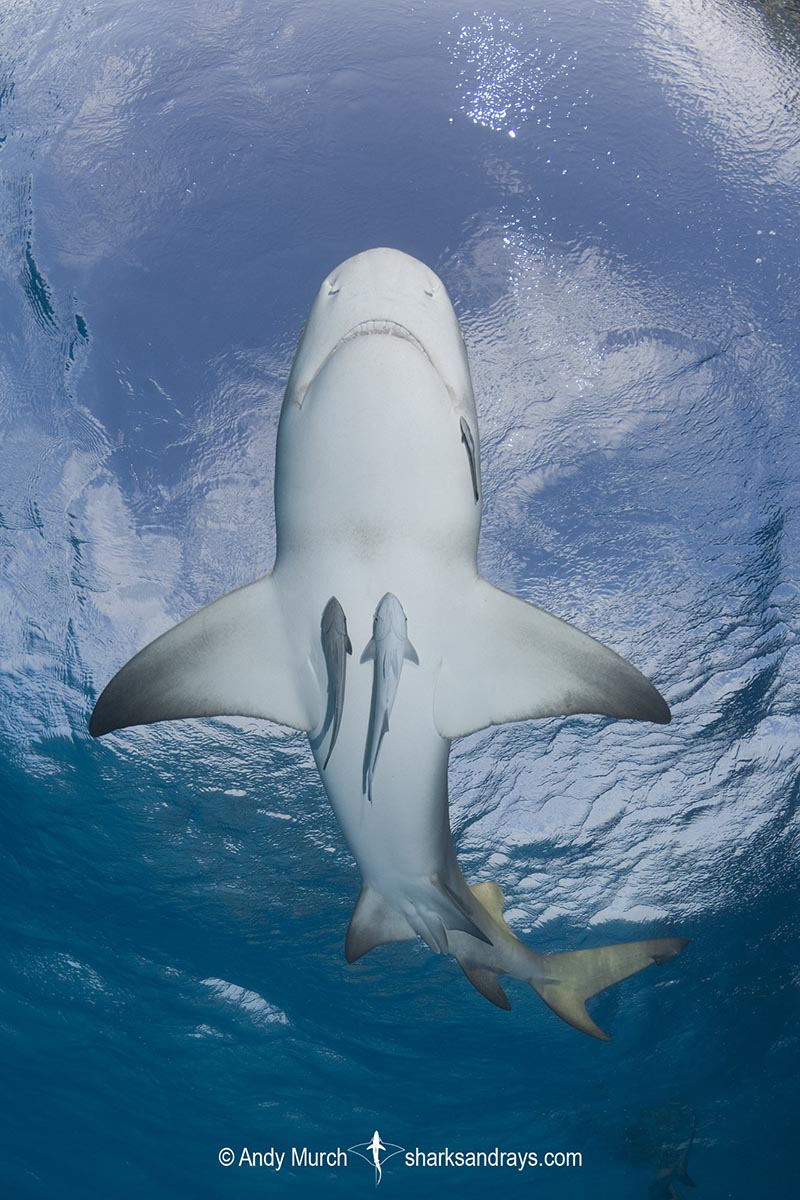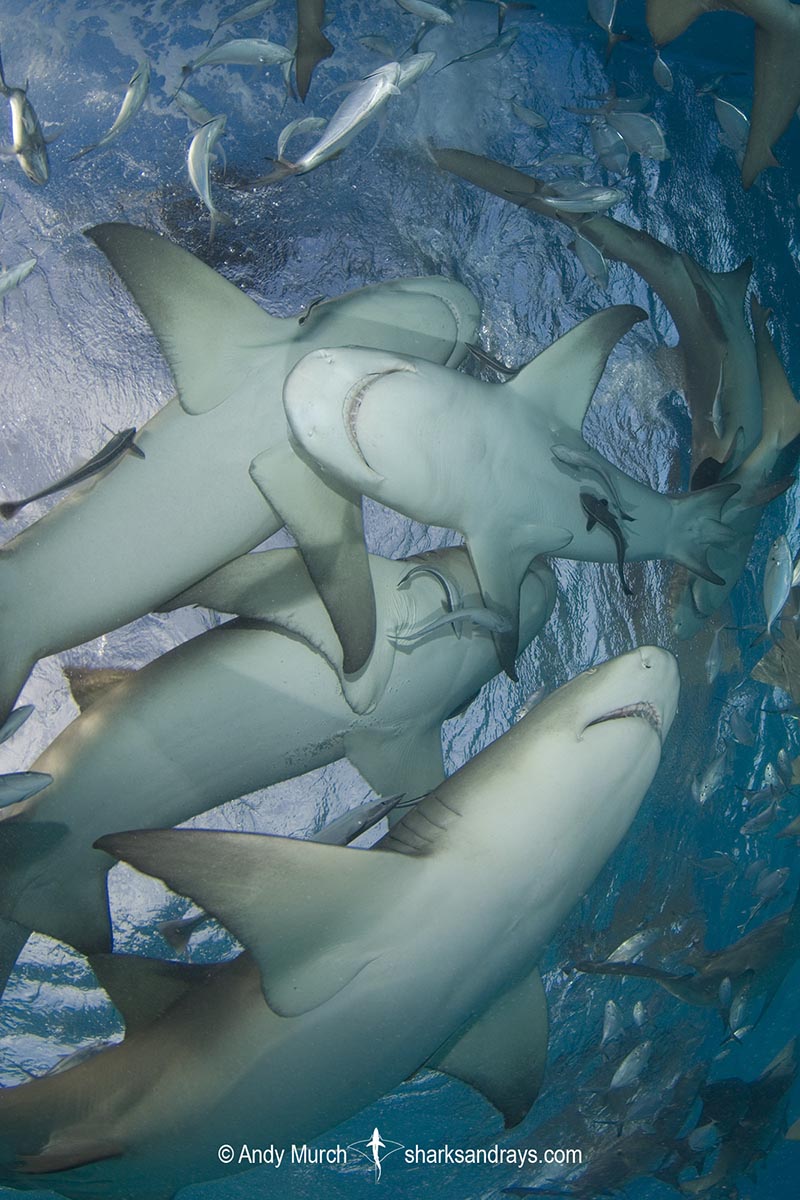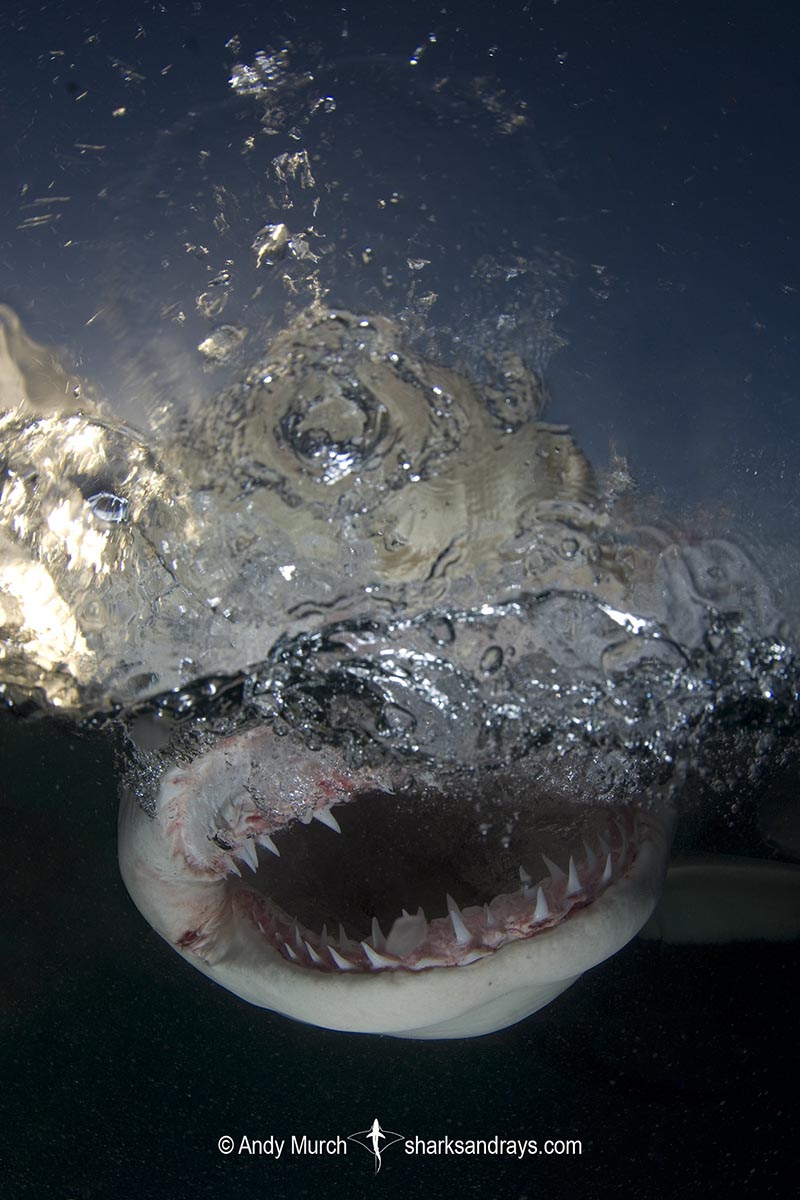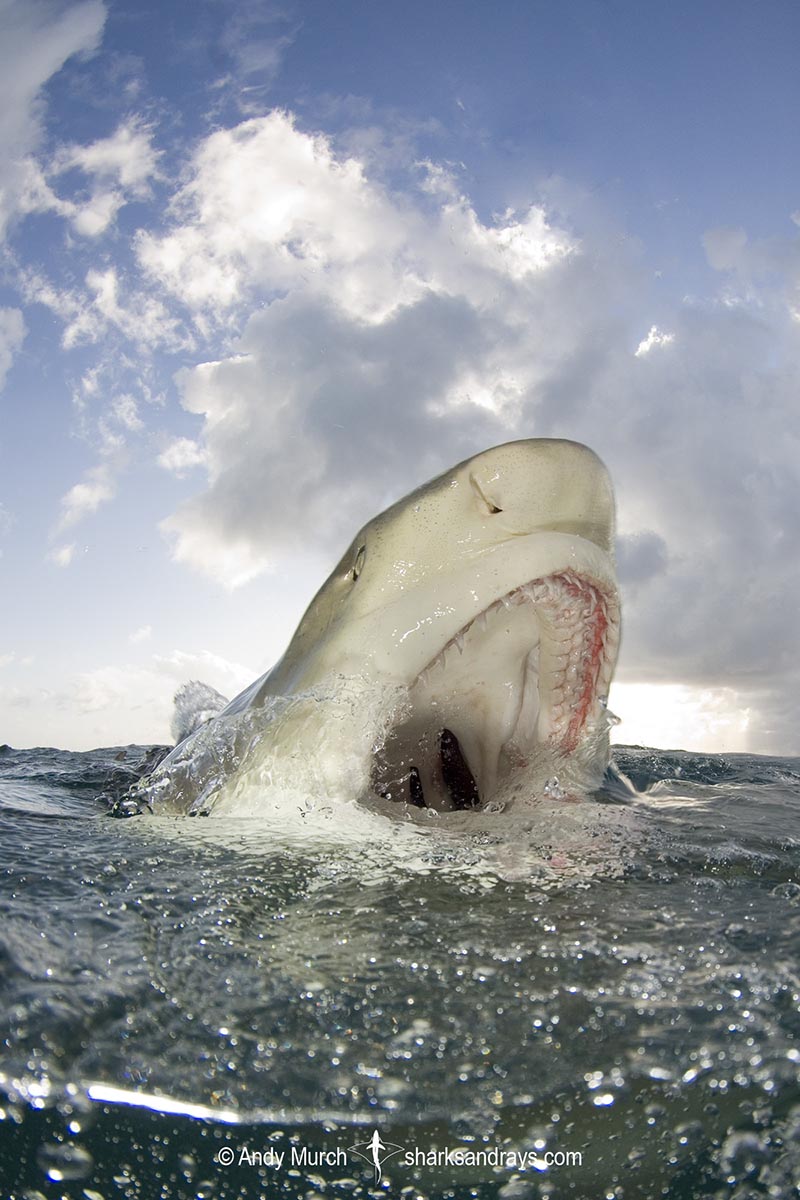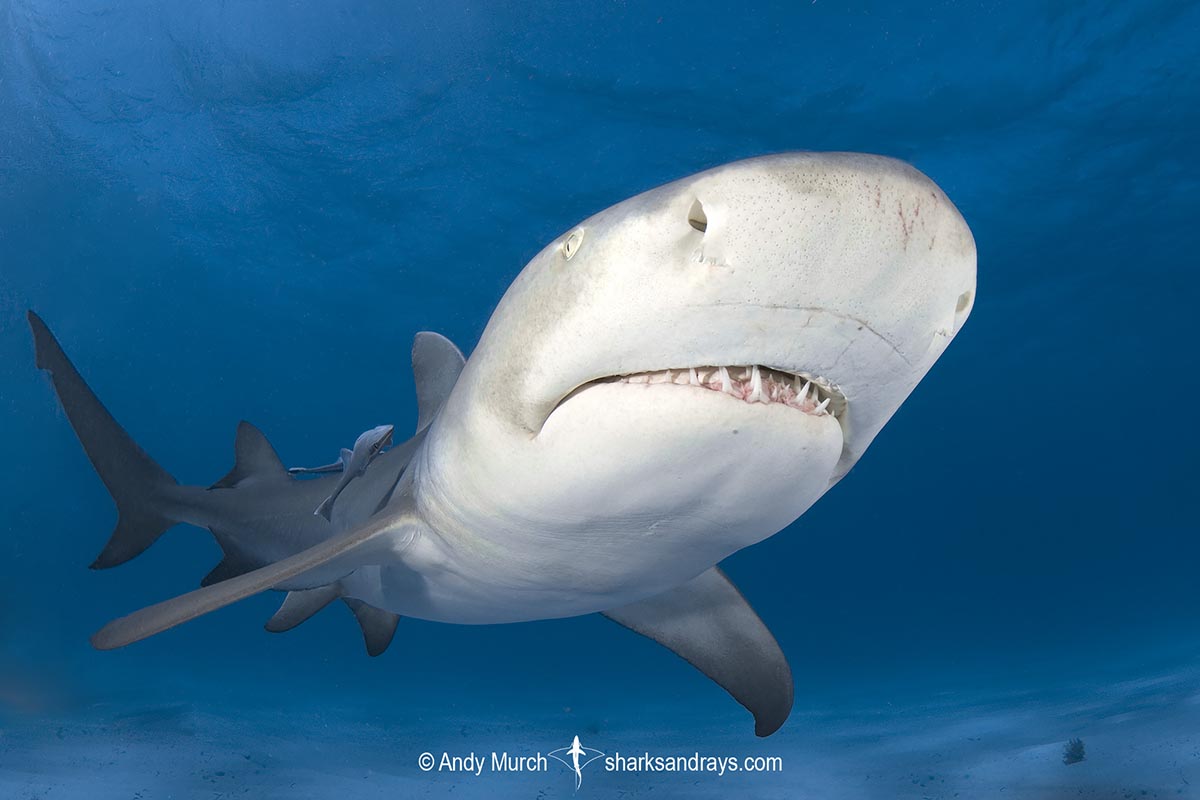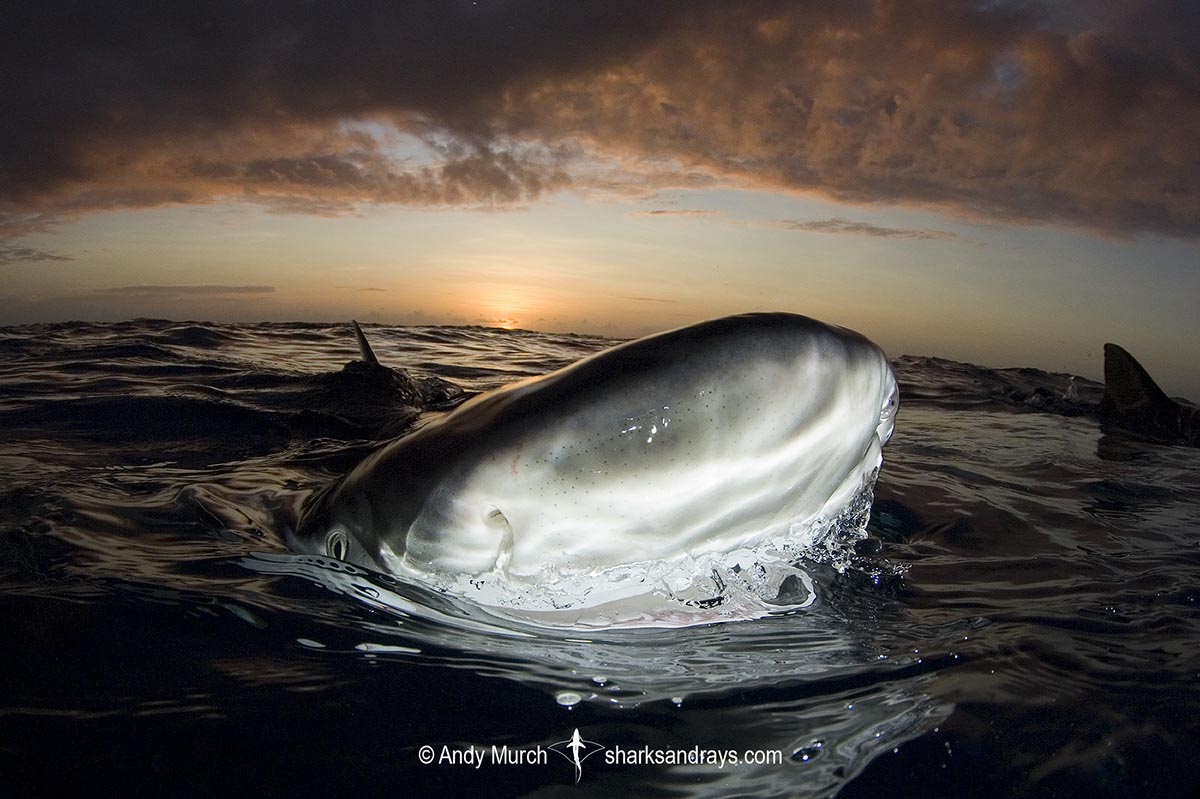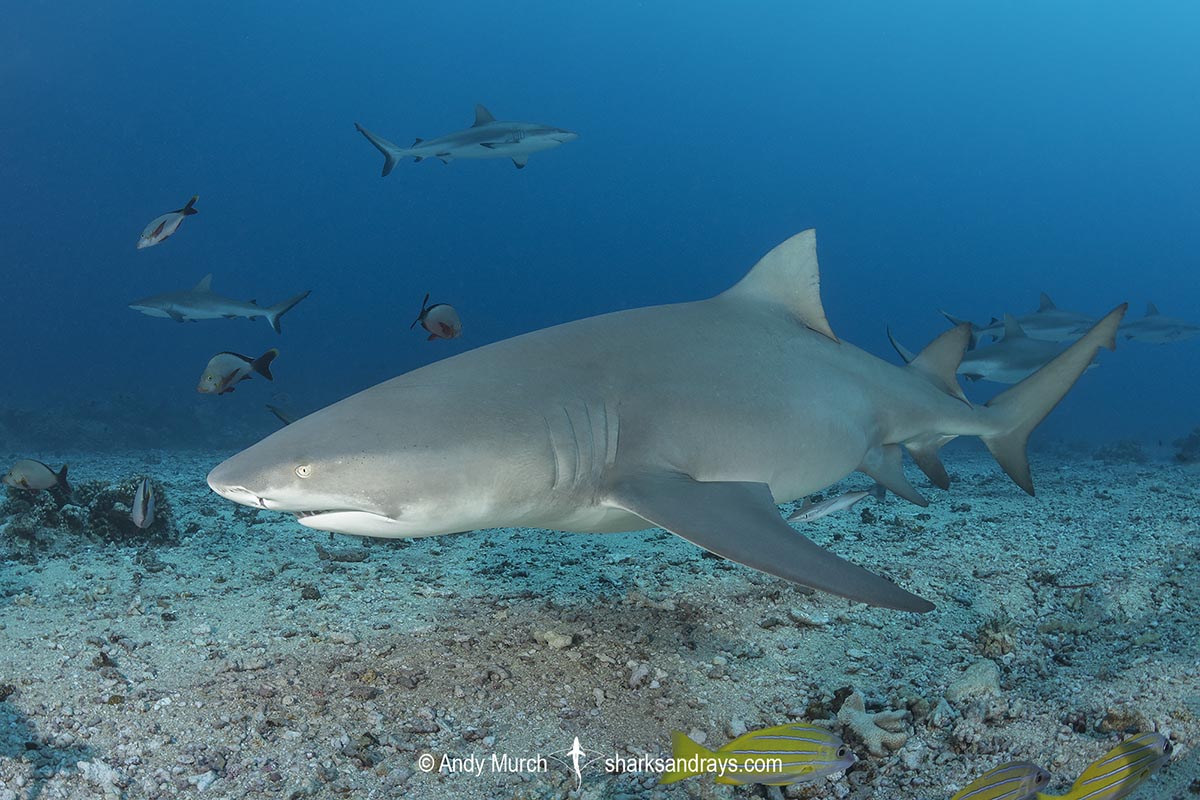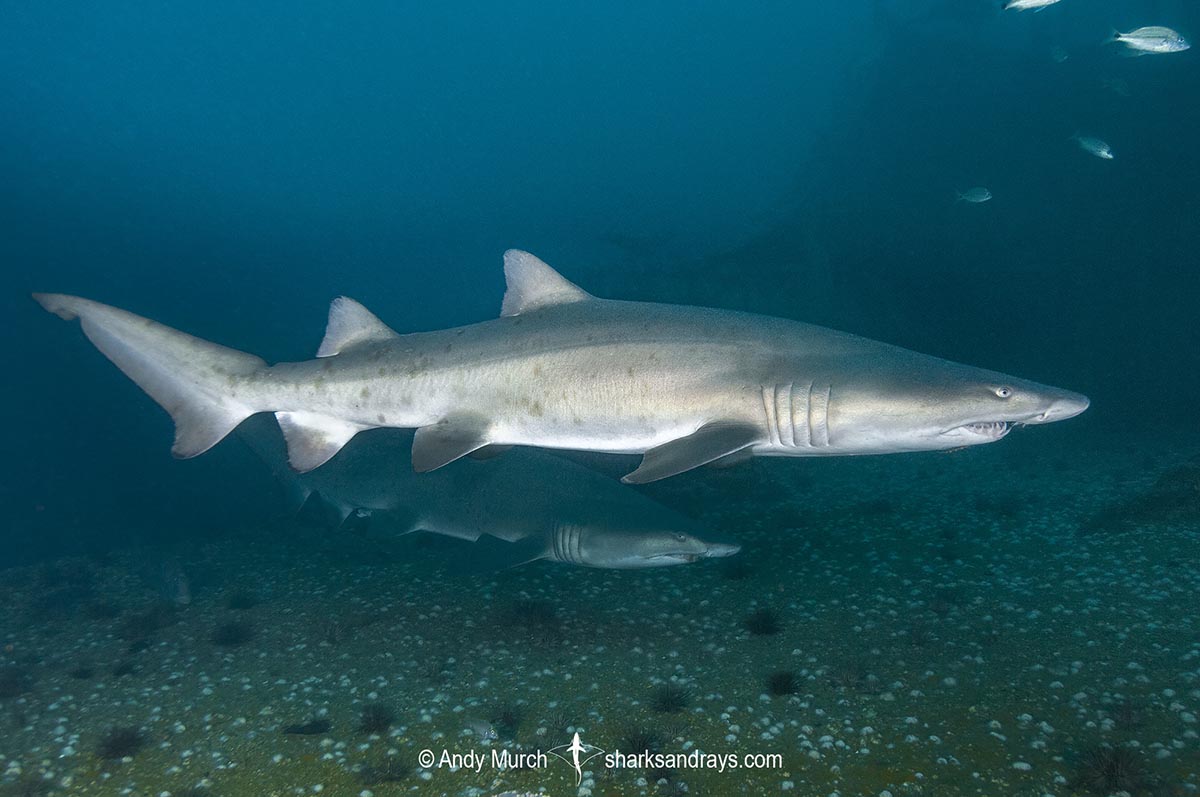Common names
Lemon Shark, Common Lemon Shark.
Binomial
Negaprion brevirostris.
Synonyms
Carcharias fronto, Hypoprion brevirostris, Negaprion fronto.
Identification
A large bodied shark with a short, rounded snout. Second dorsal fin almost as large as first dorsal. Dorsal coloration yellowish-brown, or olive-brown. Ventral coloration usually cream or yellow. Juveniles tend to have bluer hues and whiter ventrums. Some adults are quite dark. Fins may have dusky tips and posterior margins.
Size
Maximum length 368cm (Hueter and Gruber 1982) but rarely exceeds 250cm. Size at birth 60-65cm.
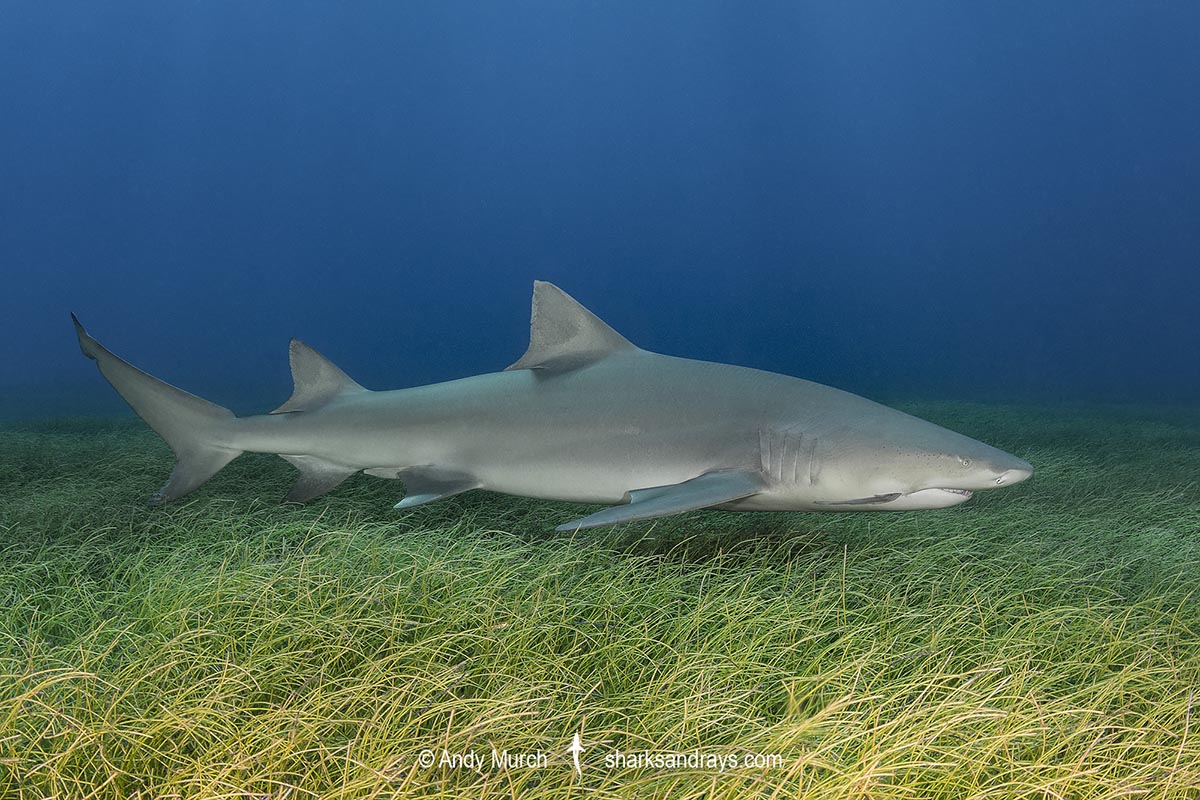
Conservation Status
VULNERABLE
Lemon Sharks are caught in artisanal gillnet and longline fisheries, which are intense and largely unmanaged throughout much of their range.
Once common off western Africa, lemon sharks have been virtually extirpated from much of their former range in the eastern Atlantic. They have also been heavily depleted in the Gulf of Mexico and most of the coastline of South America. The only region where they appear to be stable is in the Bahamas and some parts of the Caribbean where they are protected.
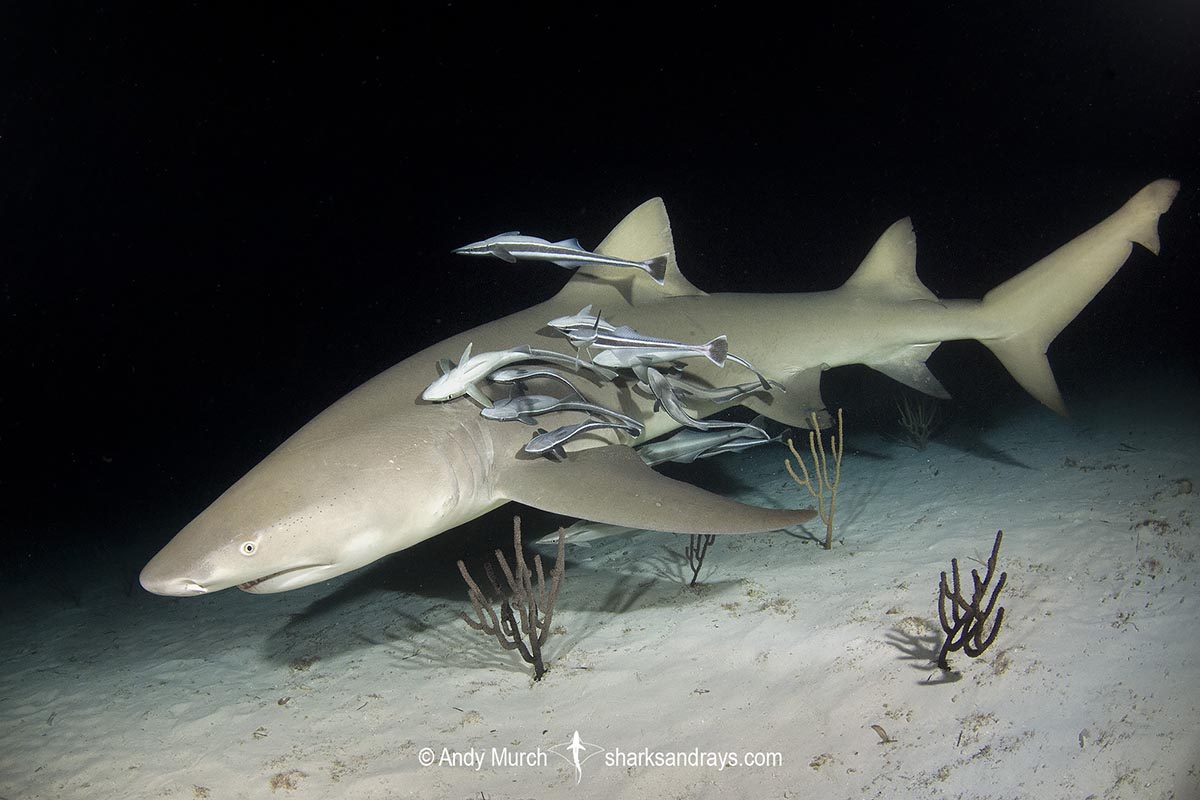
Habitat
Tropical and warm-temperate. Lemon sharks inhabit shallow coral reefs, mangroves, sandy and muddy bays, and river mouths. From the intertidal zone to at least 92m.
Distribution
The lemon shark is most abundant in the western Atlantic. It is seasonally present from New Jersey to Brazil. It was once relatively abundant in the Eastern Pacific too, but overfishing has caused great declines. Officially it occurs from the Sea of Cortez to Ecuador.
There are also records from West Africa but there is uncertainty whether this is the same species (Campagno 1984). More research needs to be conducted but sightings are rare.
Reproduction
A viviparous species with yolk-sac placenta. In Florida, mating occurss from late April to mid May. Up to 21 pups per litter, usually around 12. Gestation is approximately 12 months. Mating takes place biennially.
Diet
Lemon sharks mostly eat bony fishes i.e. reef fishes, eels, etc. Larger sharks also eat sharks and rays including small lemon sharks. Juveniles often consume crustaceans i.e. shrimps and amphipods.
Behavior
Adult lemon sharks are generally solitary but occasionally form large aggregations, sometimes resting together on the substrate. The reason for these gatherings are unknown.
Reaction to divers
Usually quite tolerant of divers unless approached very closely. Can become quite aggressive in baited situations.
Diving logistics
In South Florida and the Bahamas, lemon sharks are occasionally encountered on un-baited reef dives but sightings are unreliable. Fortunately, there are a few areas where baited dives attract numerous lemons.
Tiger Beach in the Bahamas remains the best site in the Western Atlantic to encounter lemon sharks. There are a variety of spots within the general area that attract lemons but the highest ratio that I have seen is at the old anchor chain in the middle of a shallow sand flat known as Tiger Wreck. This tends to be the first spot that we (Big Fish Expeditions) dive at because it is a good check-out dive site at only around 7m deep. Although you can also see all the other species that TB is famous for at Tiger Wreck, this particular spot mostly attracts lemon sharks.
At Fish Tales (less than a km away) there are also plenty of lemon sharks but they are mixed in with the tigers, reef sharks, nurse sharks, bulls, and hammerheads, so they tend to get overlooked. However, Fish Tales is a better spot to photograph them with a nice coral backdrop.
Another excellent spot to for close encounters with lemon sharks is during the baited dives off Jupiter Inlet in Florida. The feeds are in significantly deeper water than Tiger Beach so this dive is best for advanced divers.
In Bimini, we sometimes leave the hammerhead spot and snorkel in the mangroves. If you bring a little chum, this can be a good spot to look for neonate lemon sharks swimming around the mangrove roots.
Similar species
Sharptooth Lemon Shark Extremely similar but this species does not share it’s range with the common lemon shark. It can be distinguished by its more curved, pointed fins, and small black spot on the tip of its snout.
Sandtiger Shark Similar coloration and fin sizes but easily distinguished by its pointed snout and permanently exposed pointed teeth.

